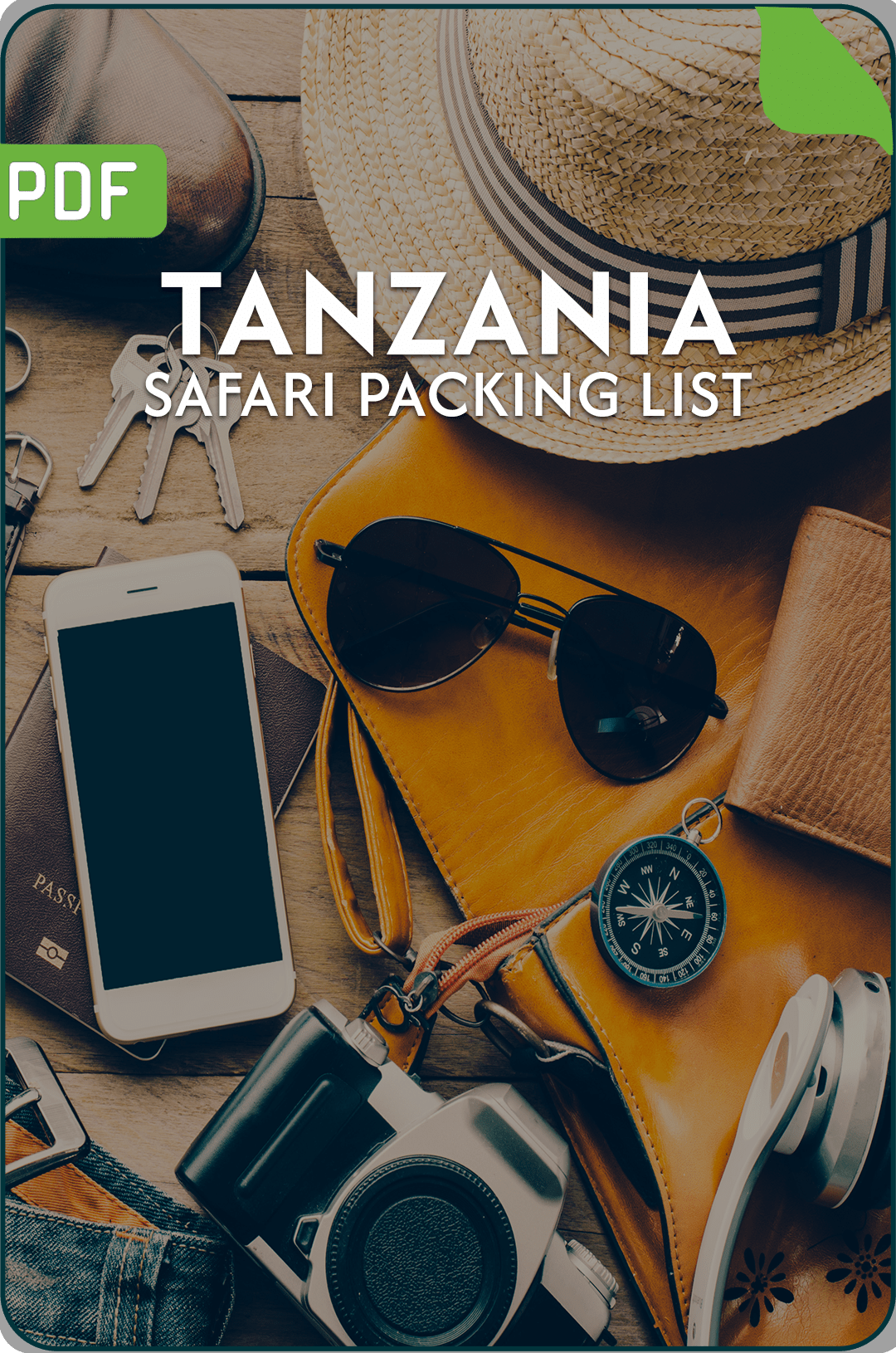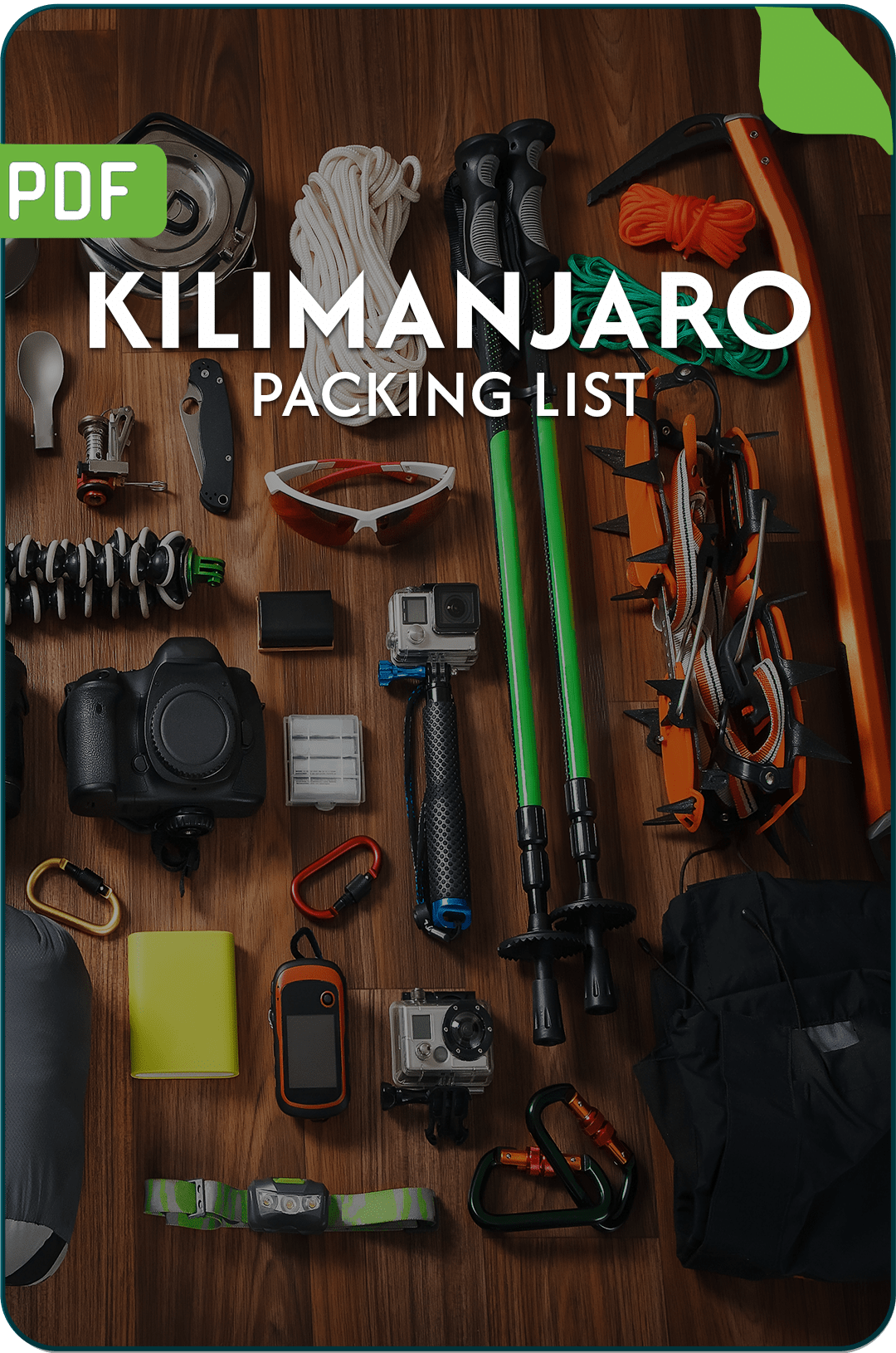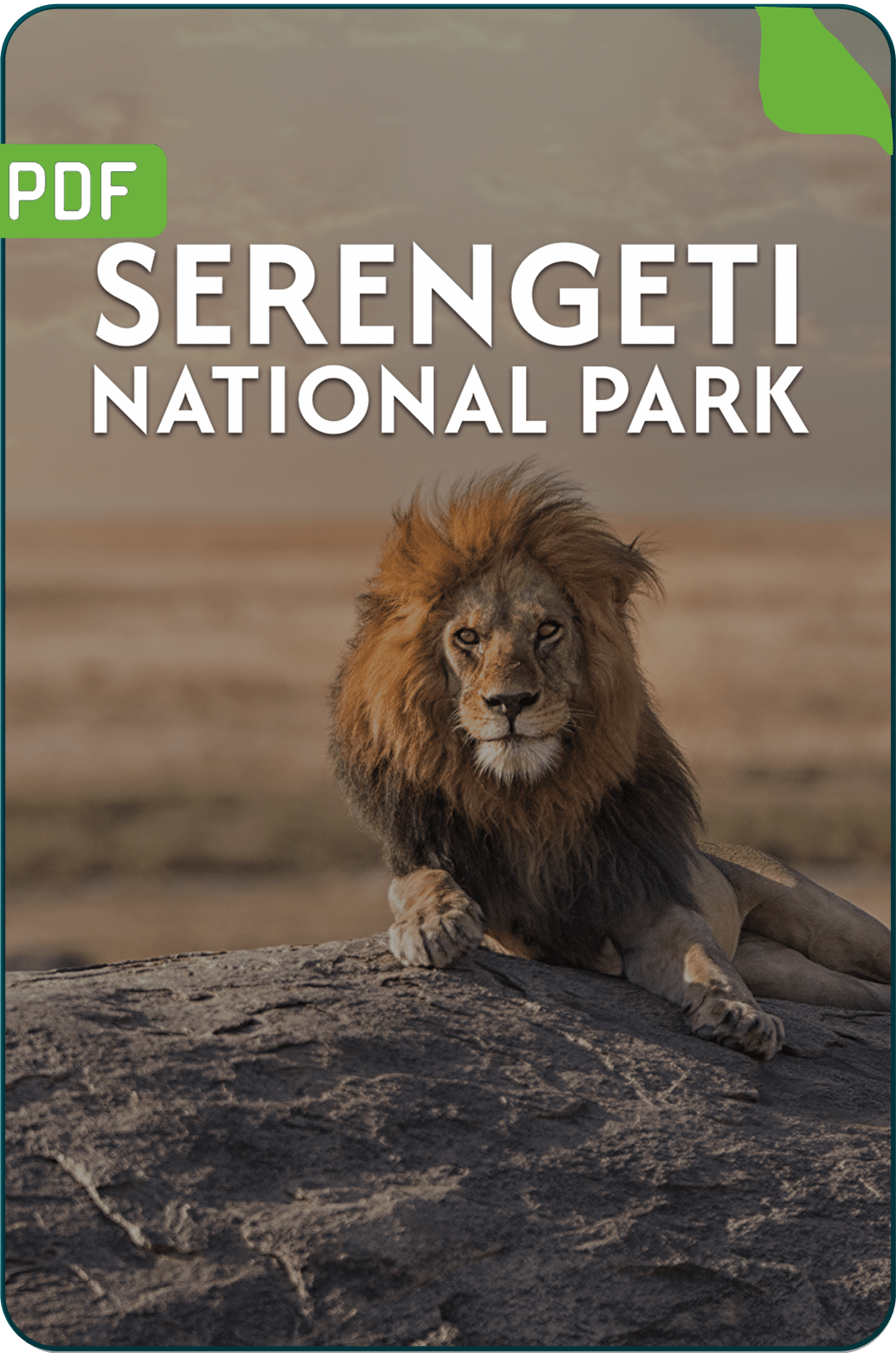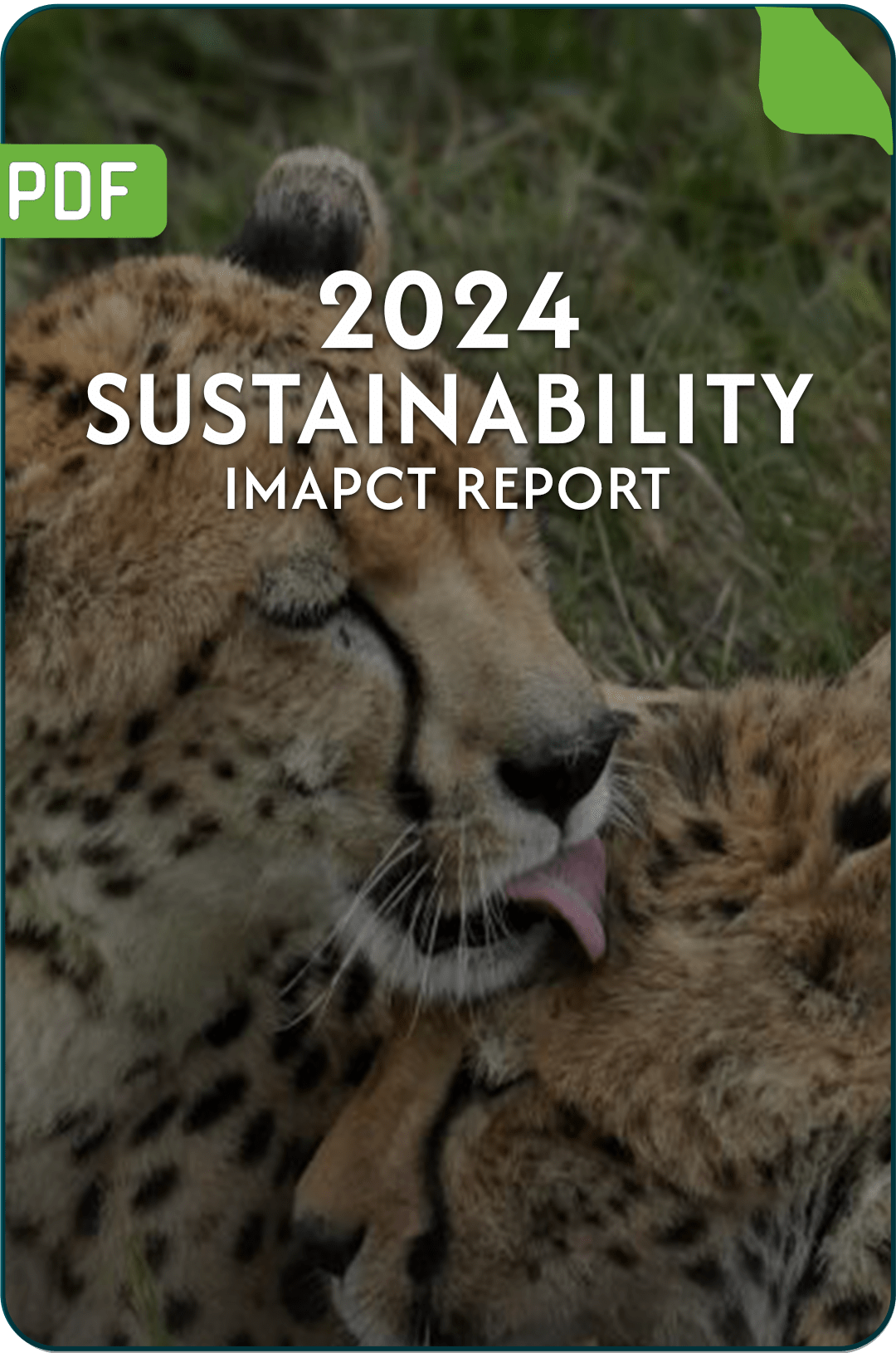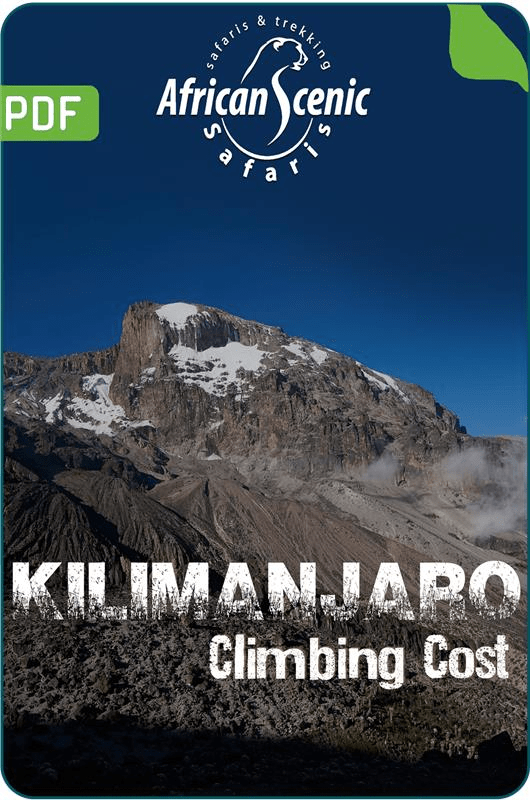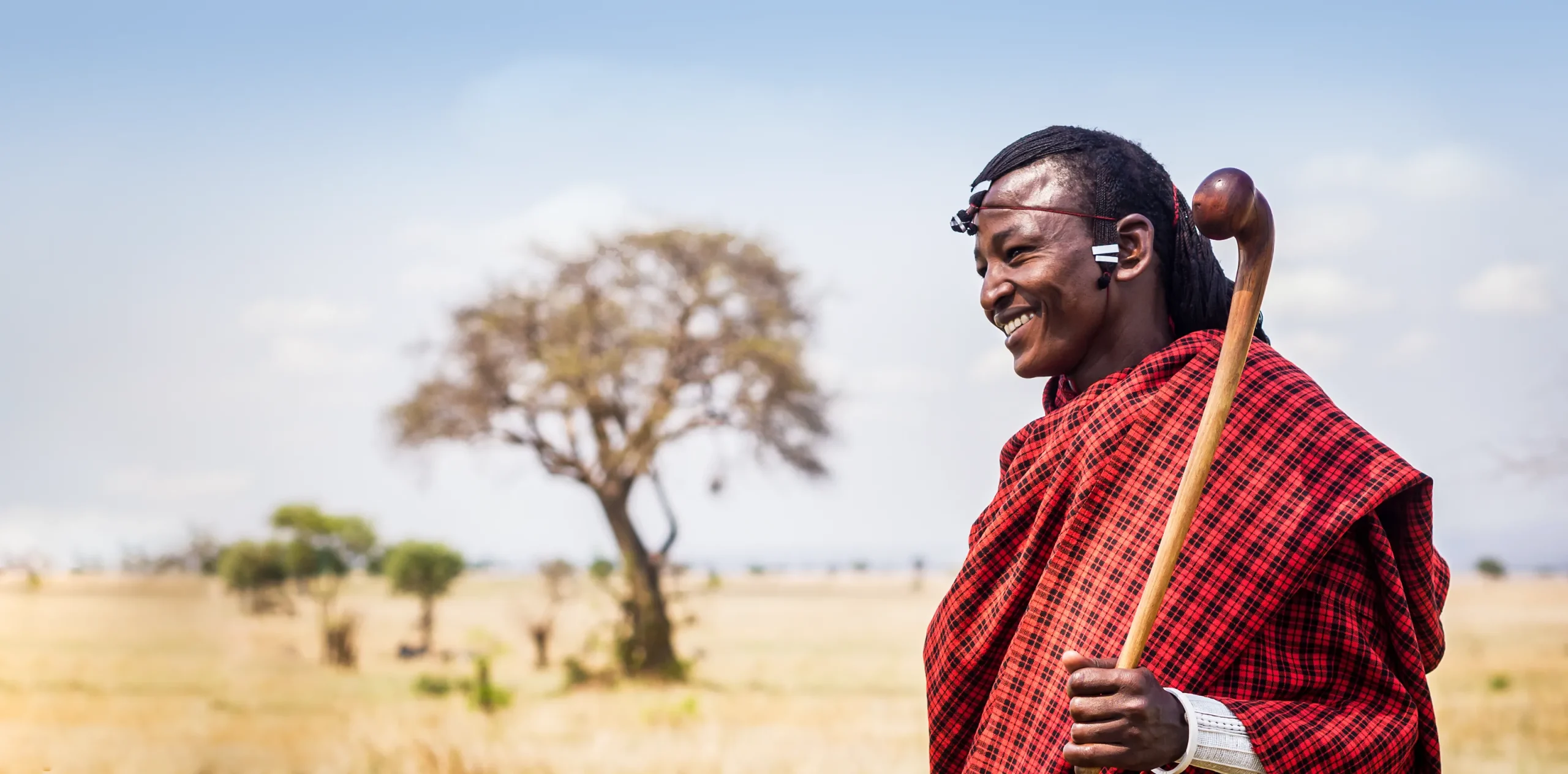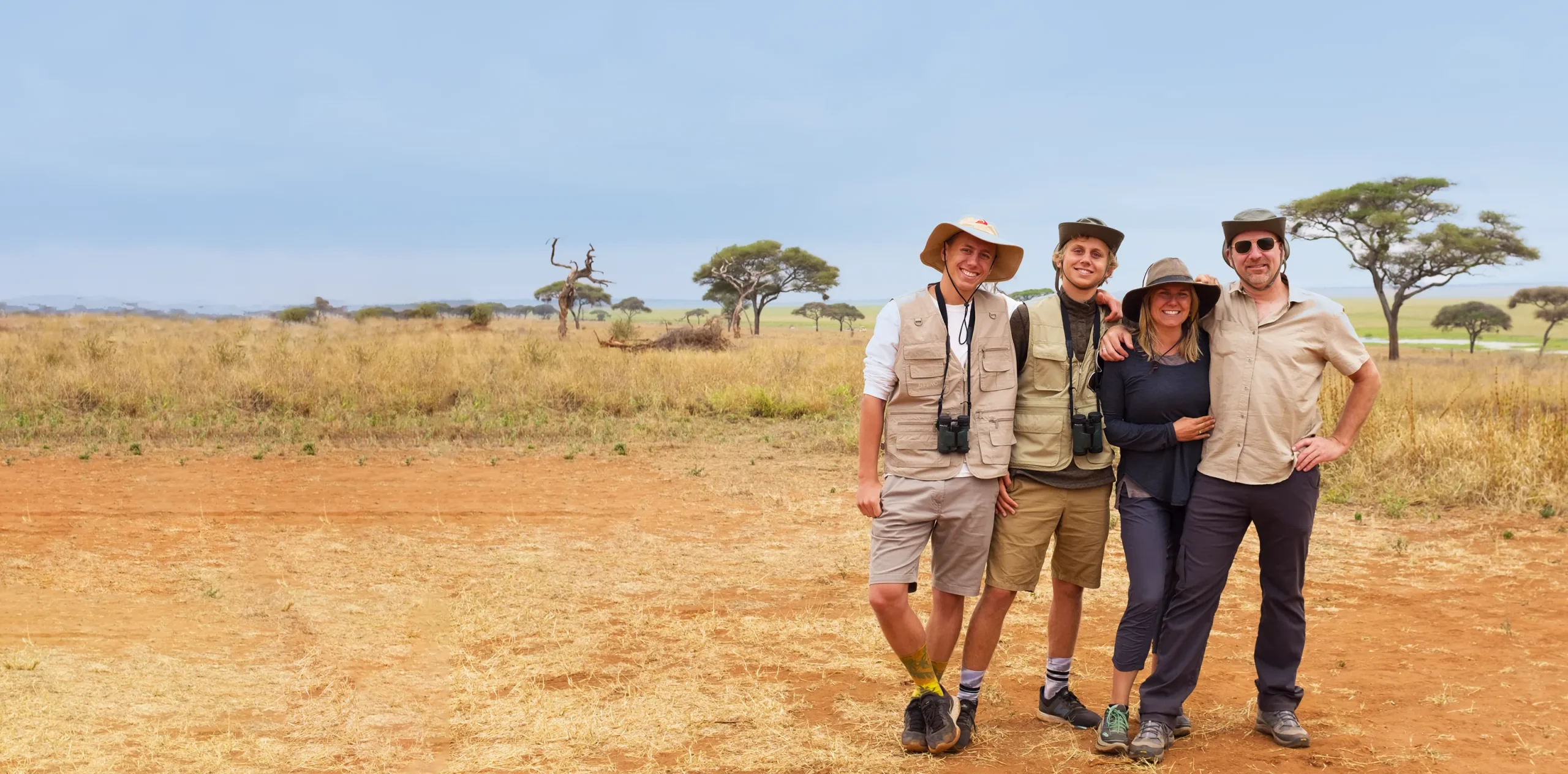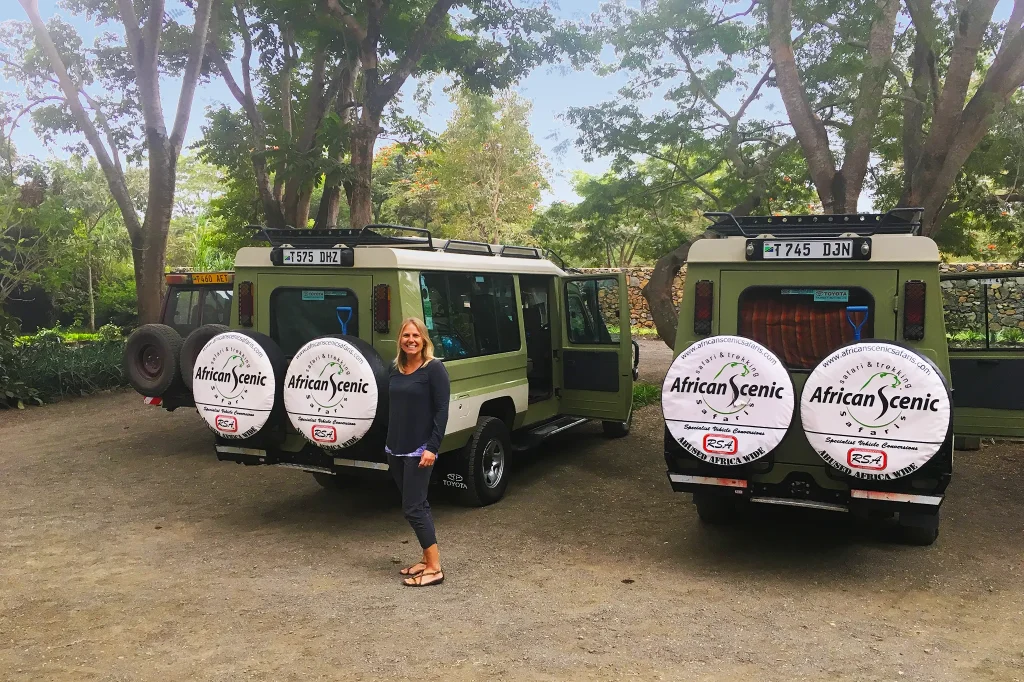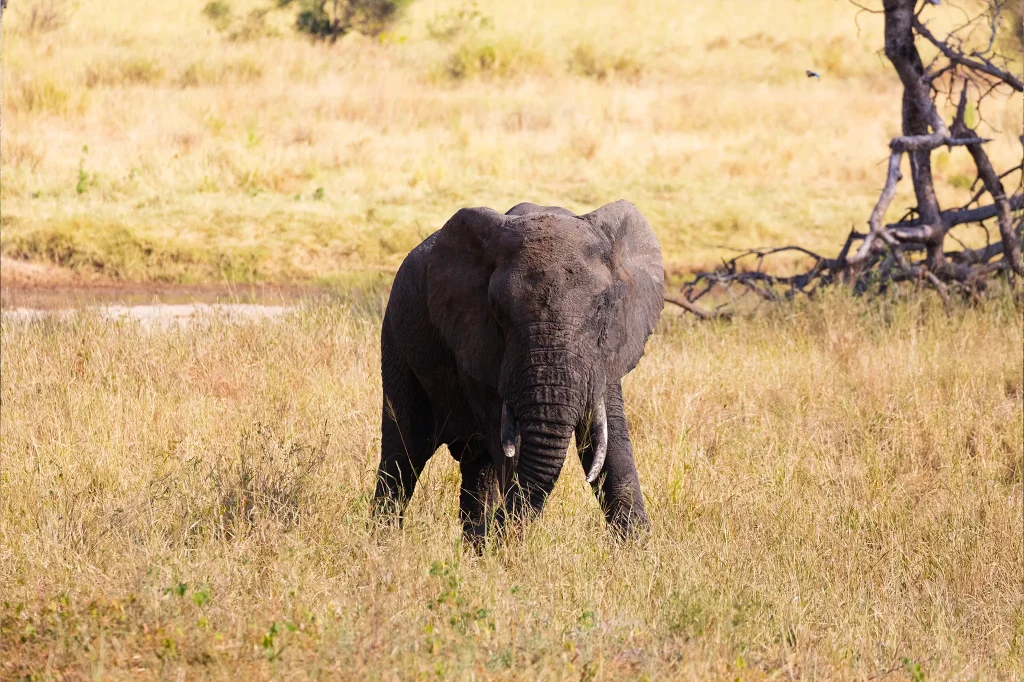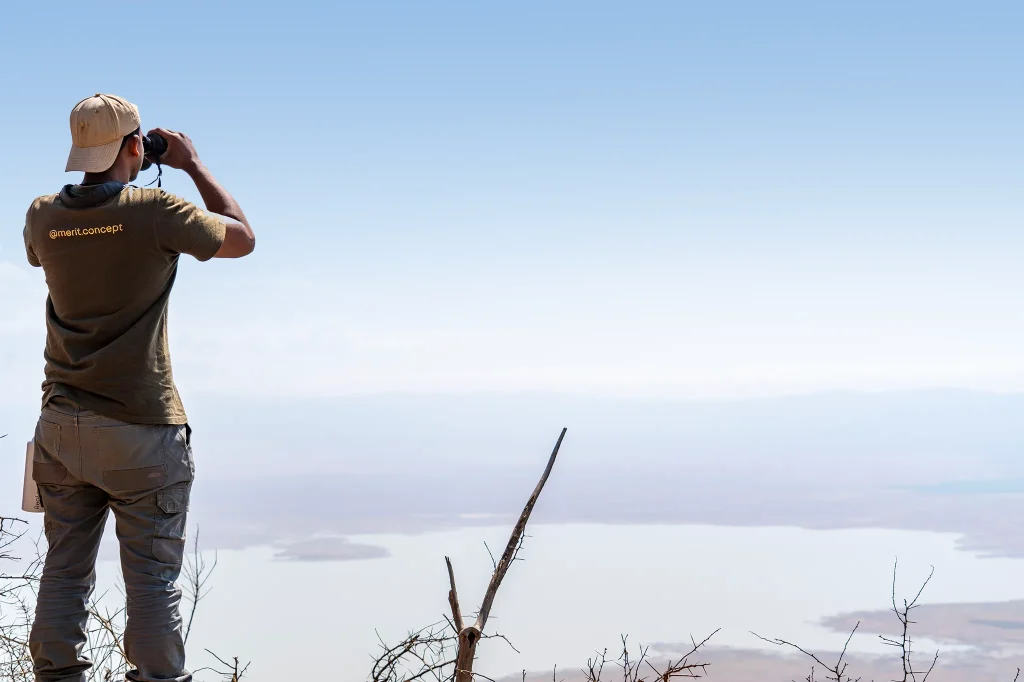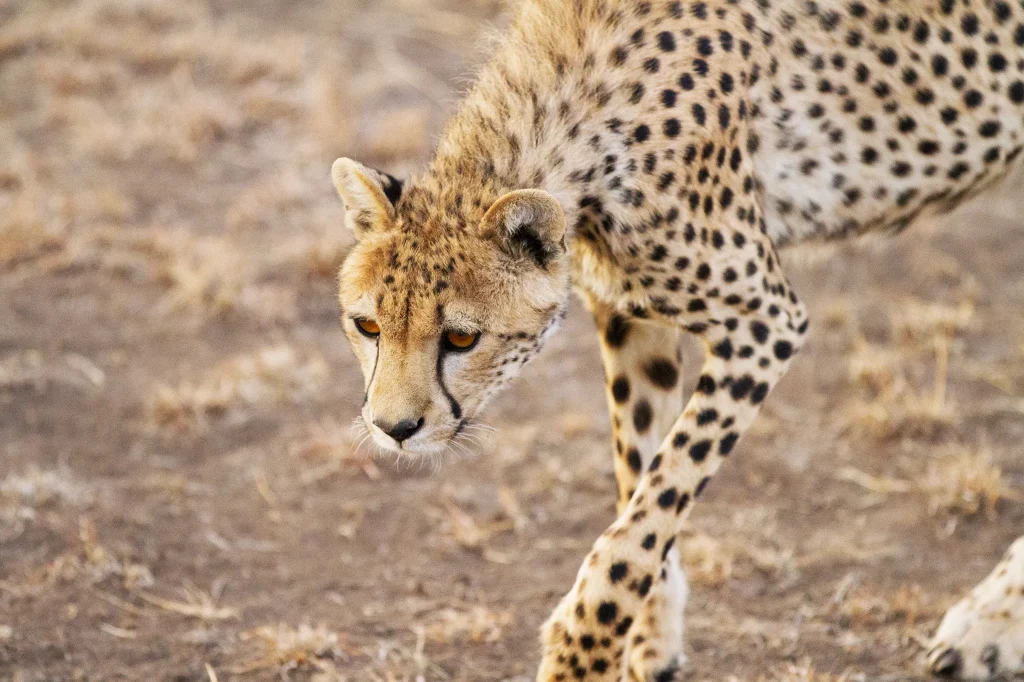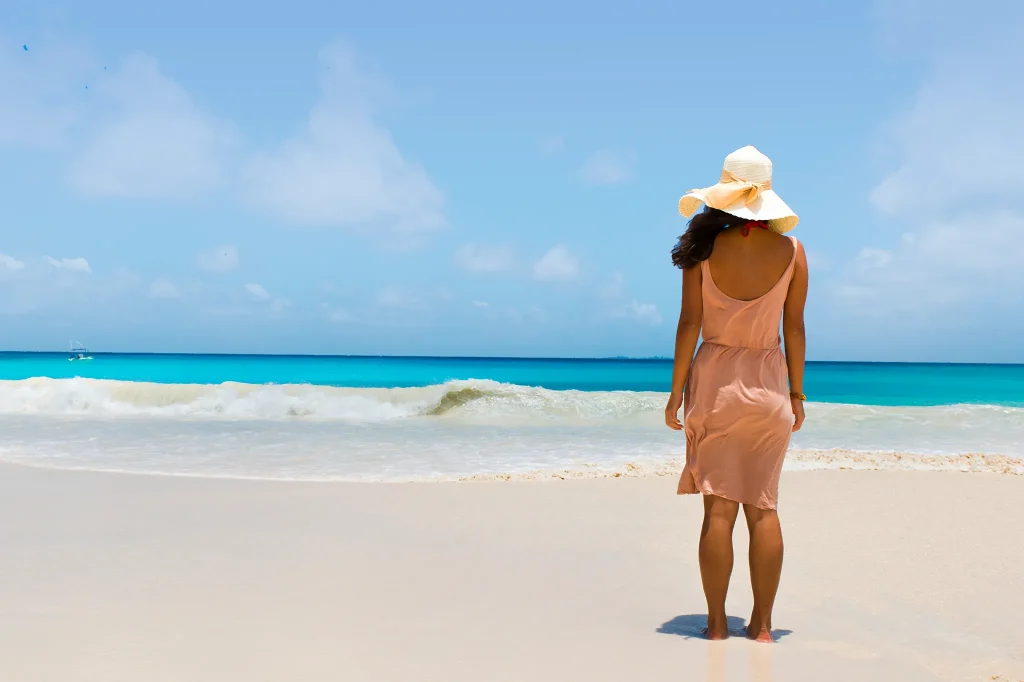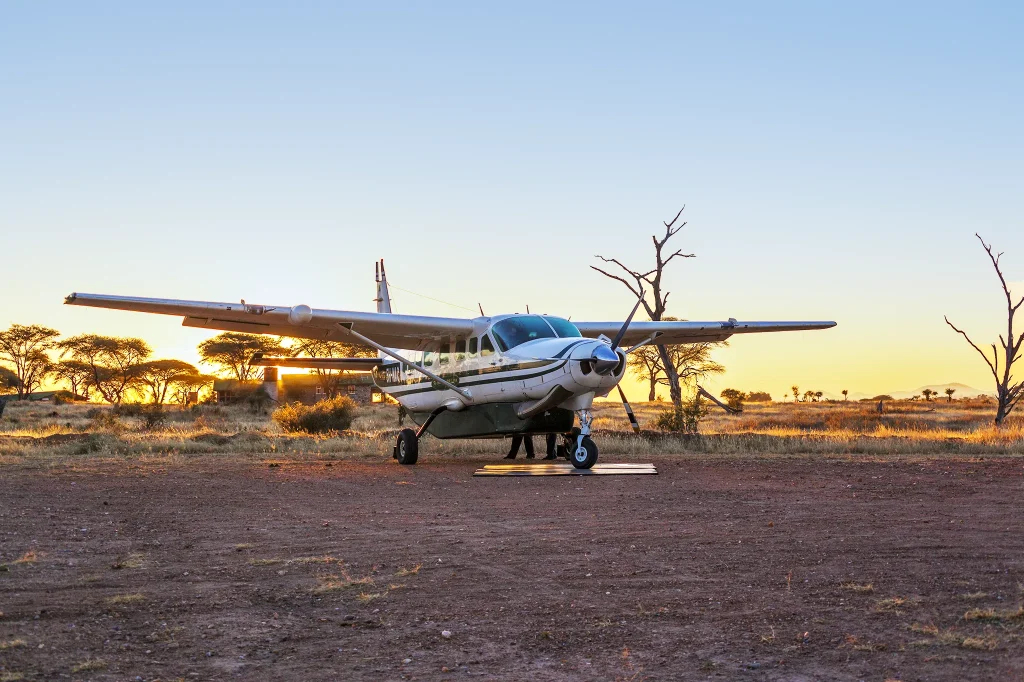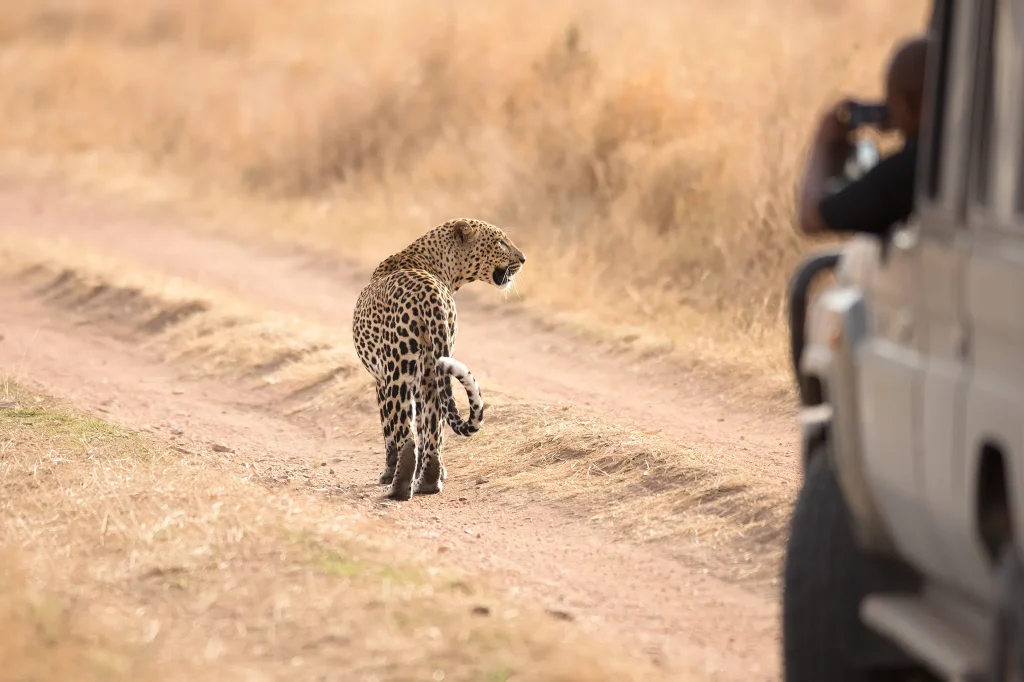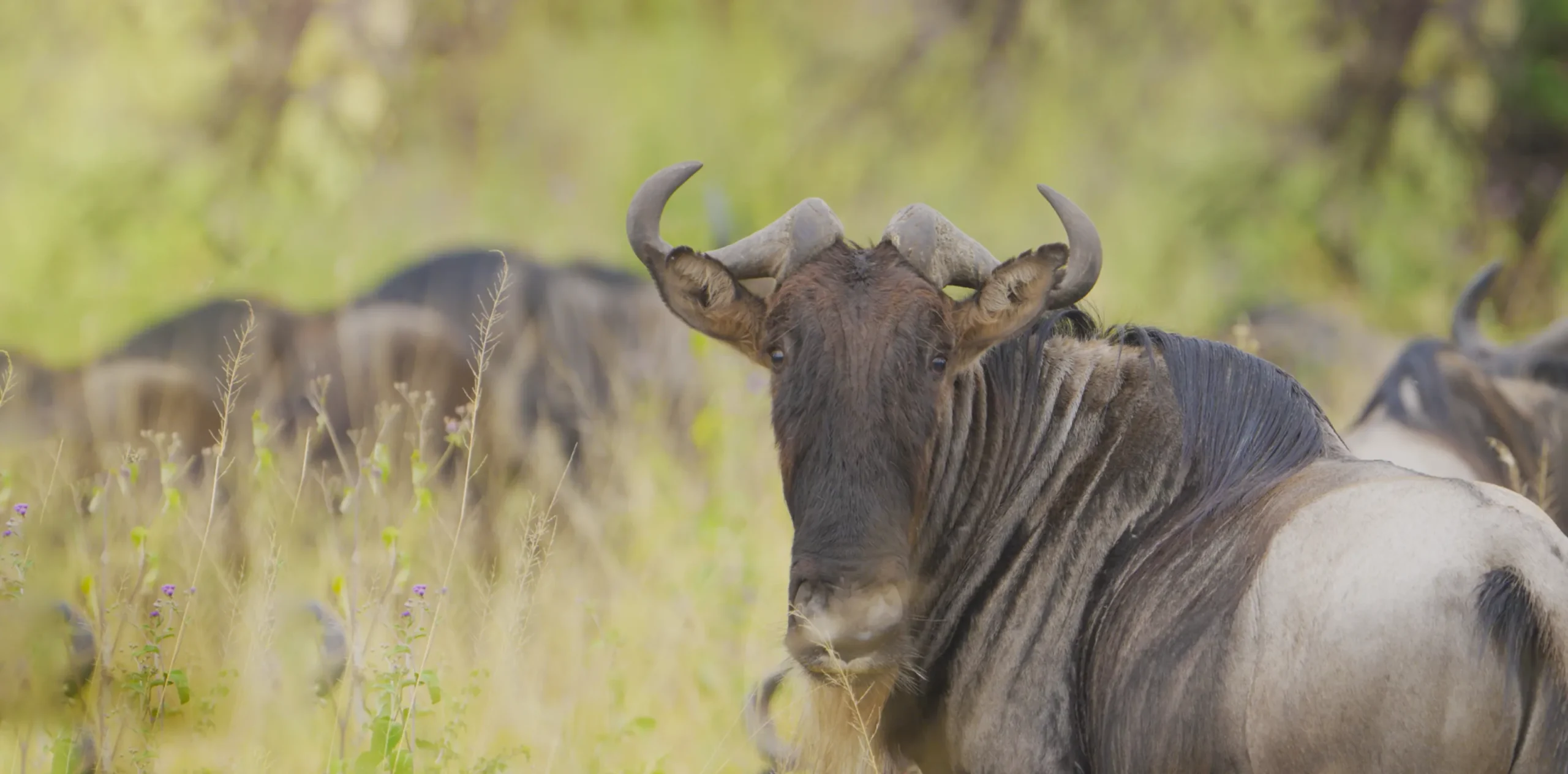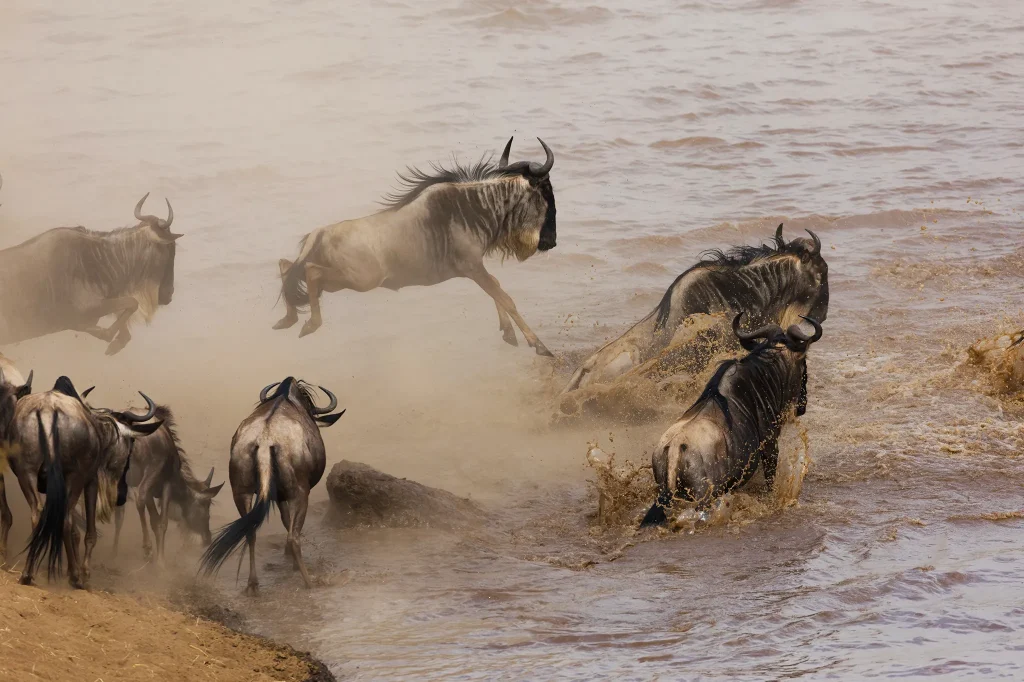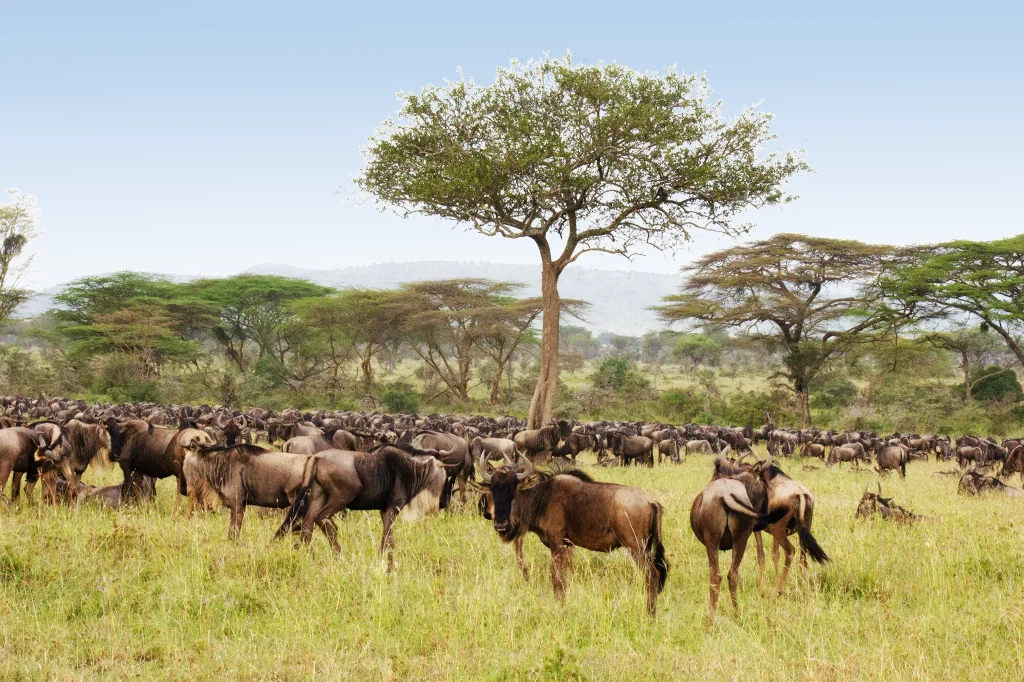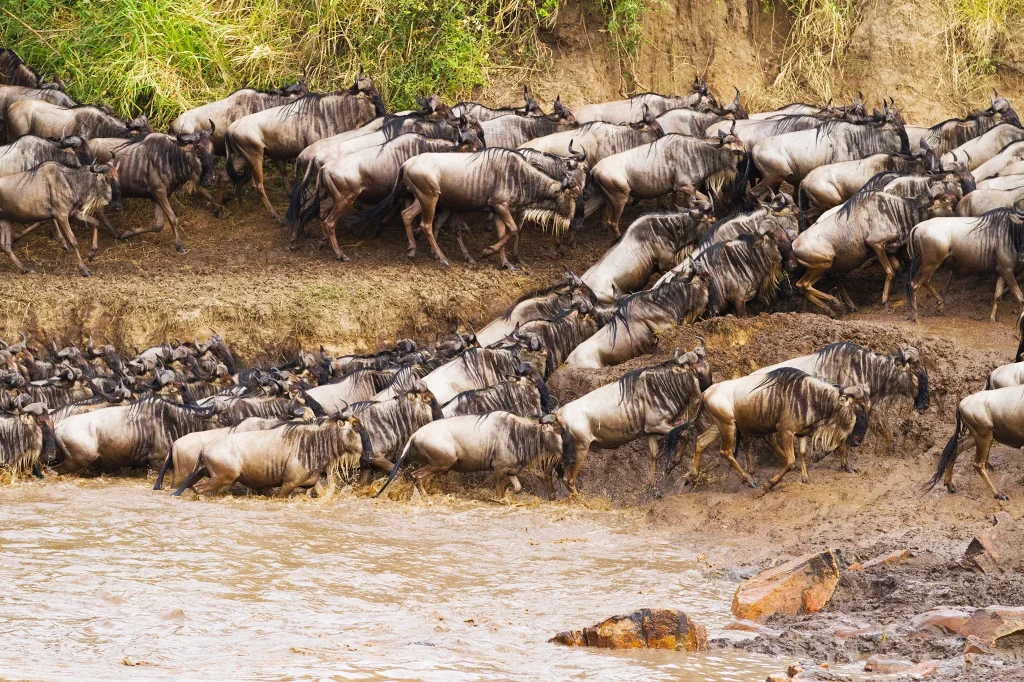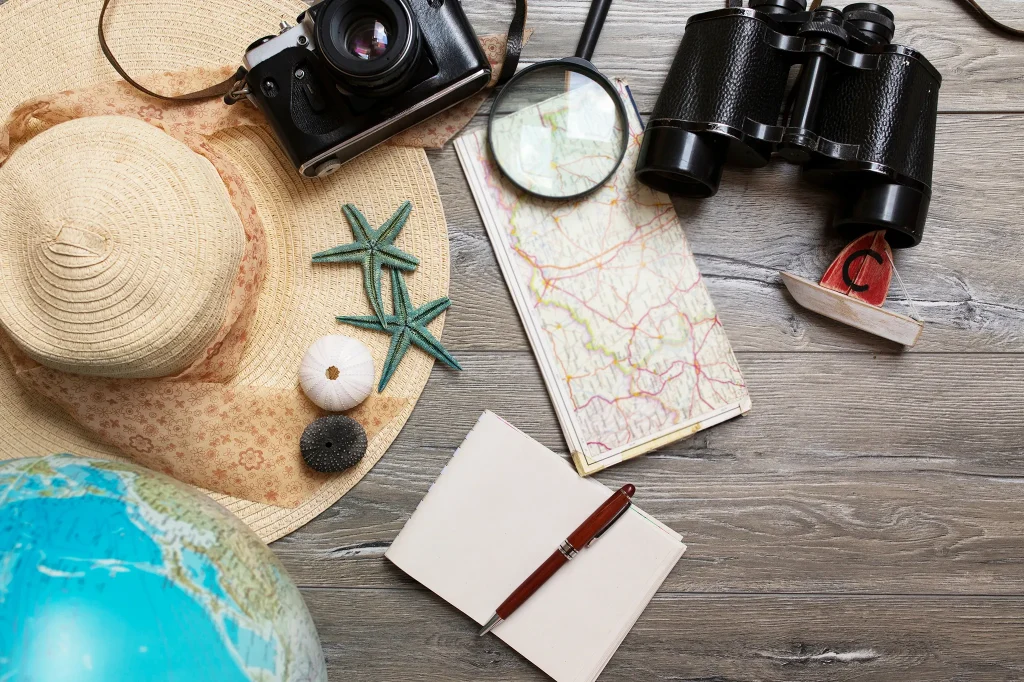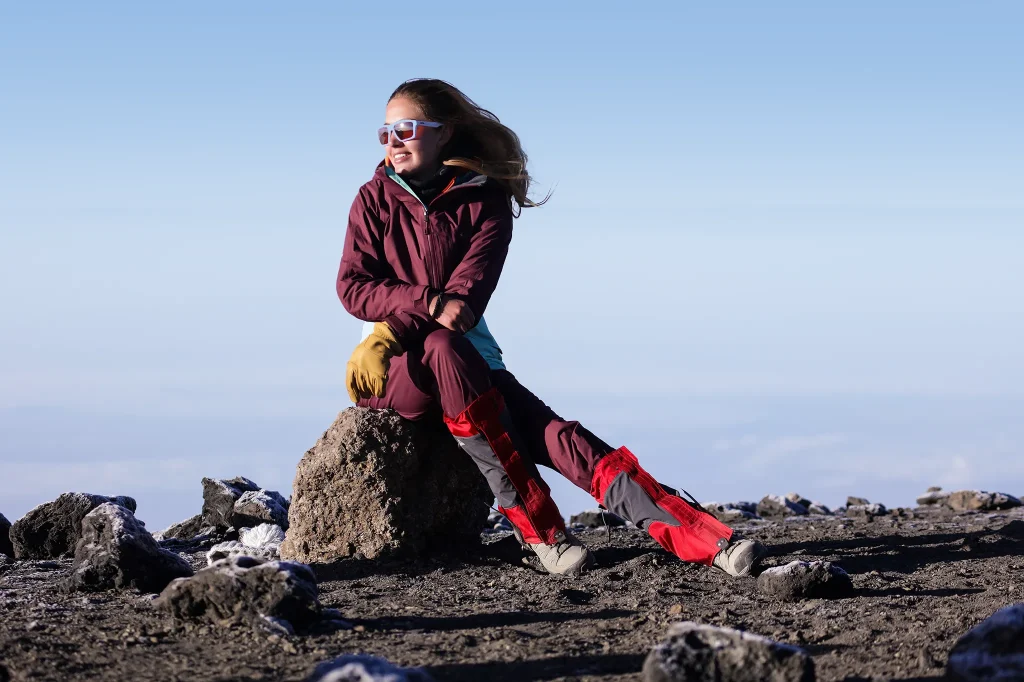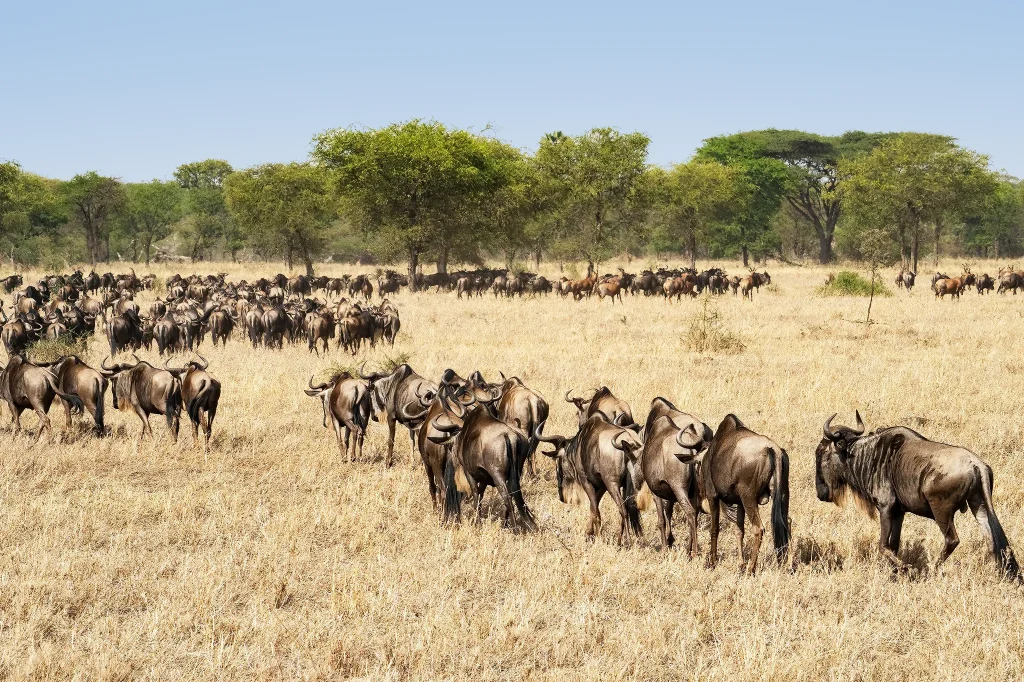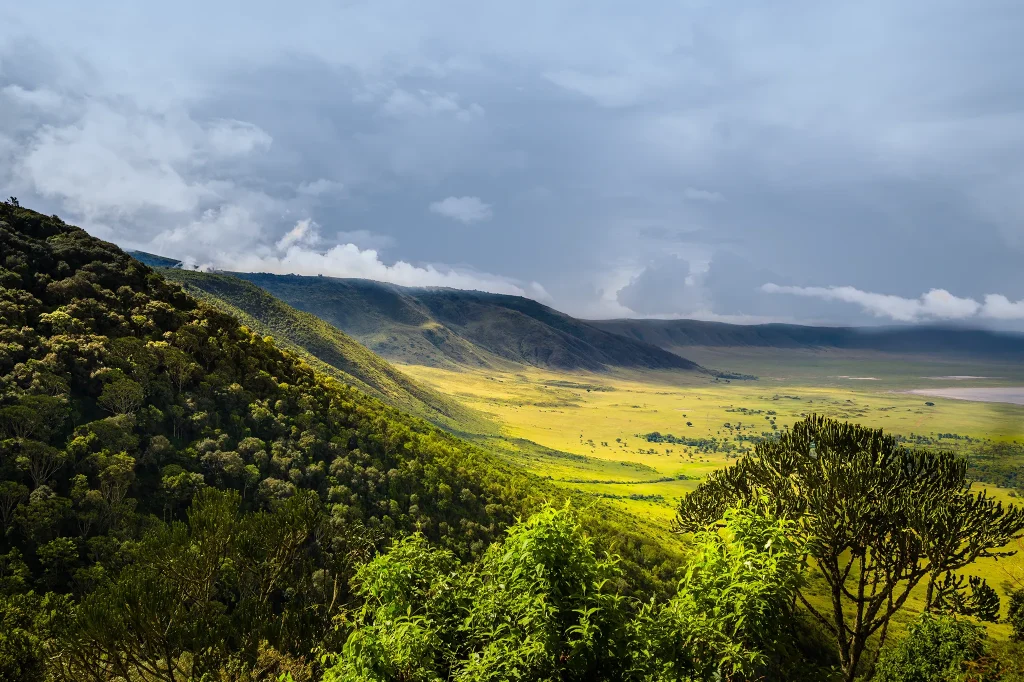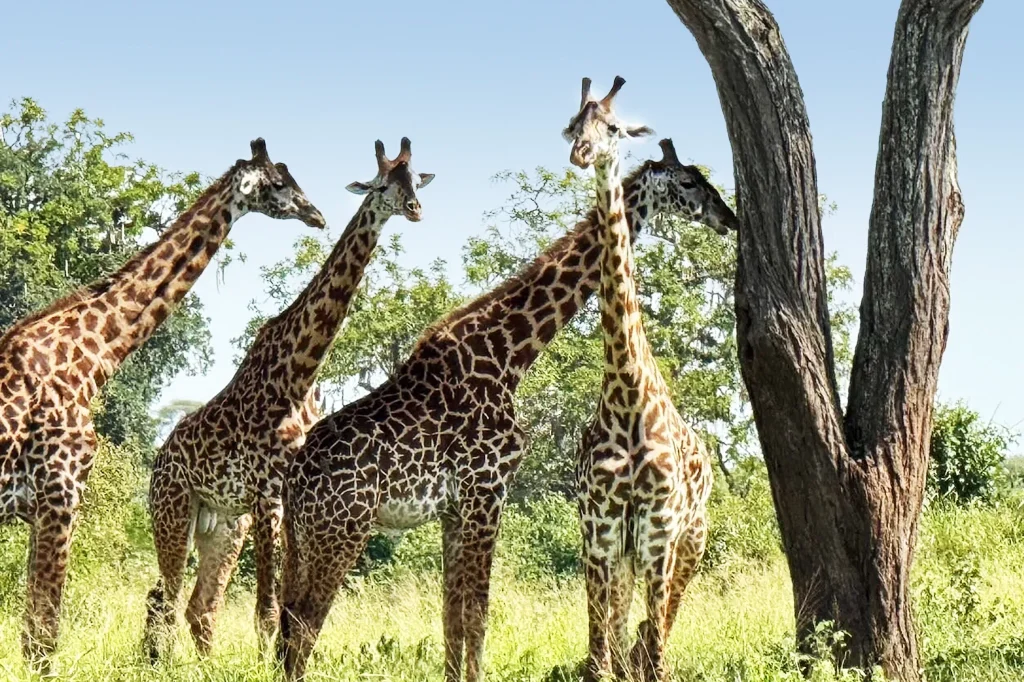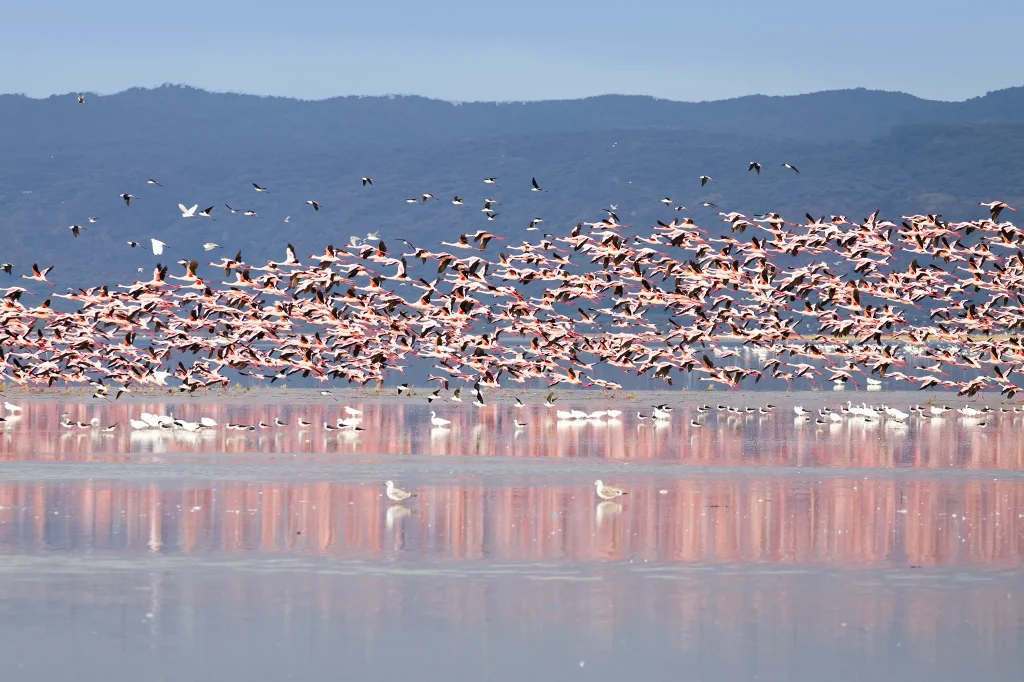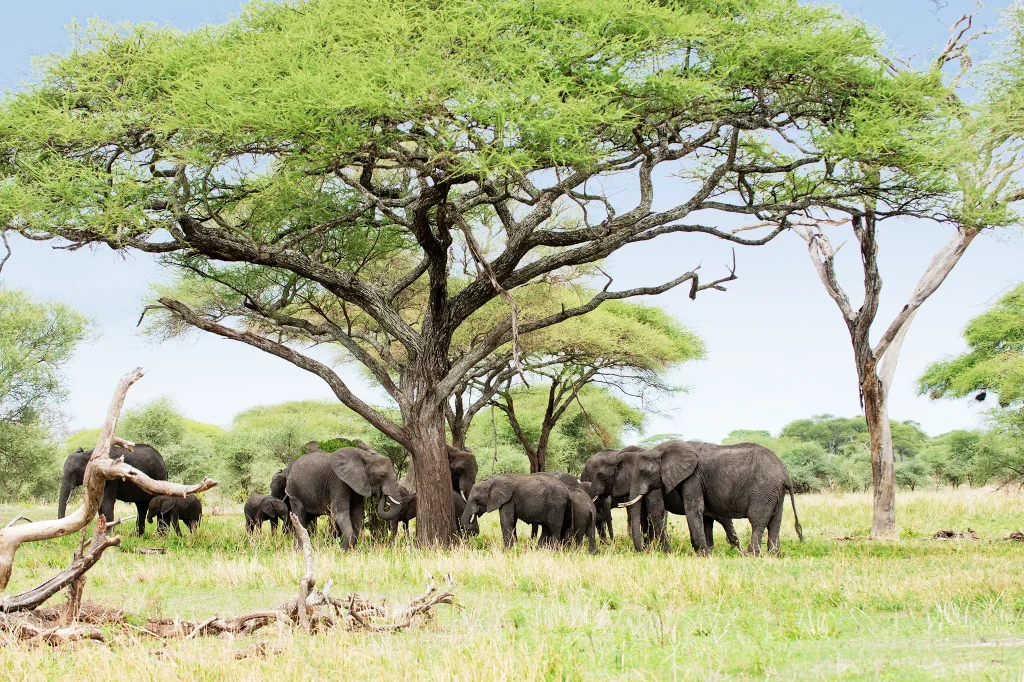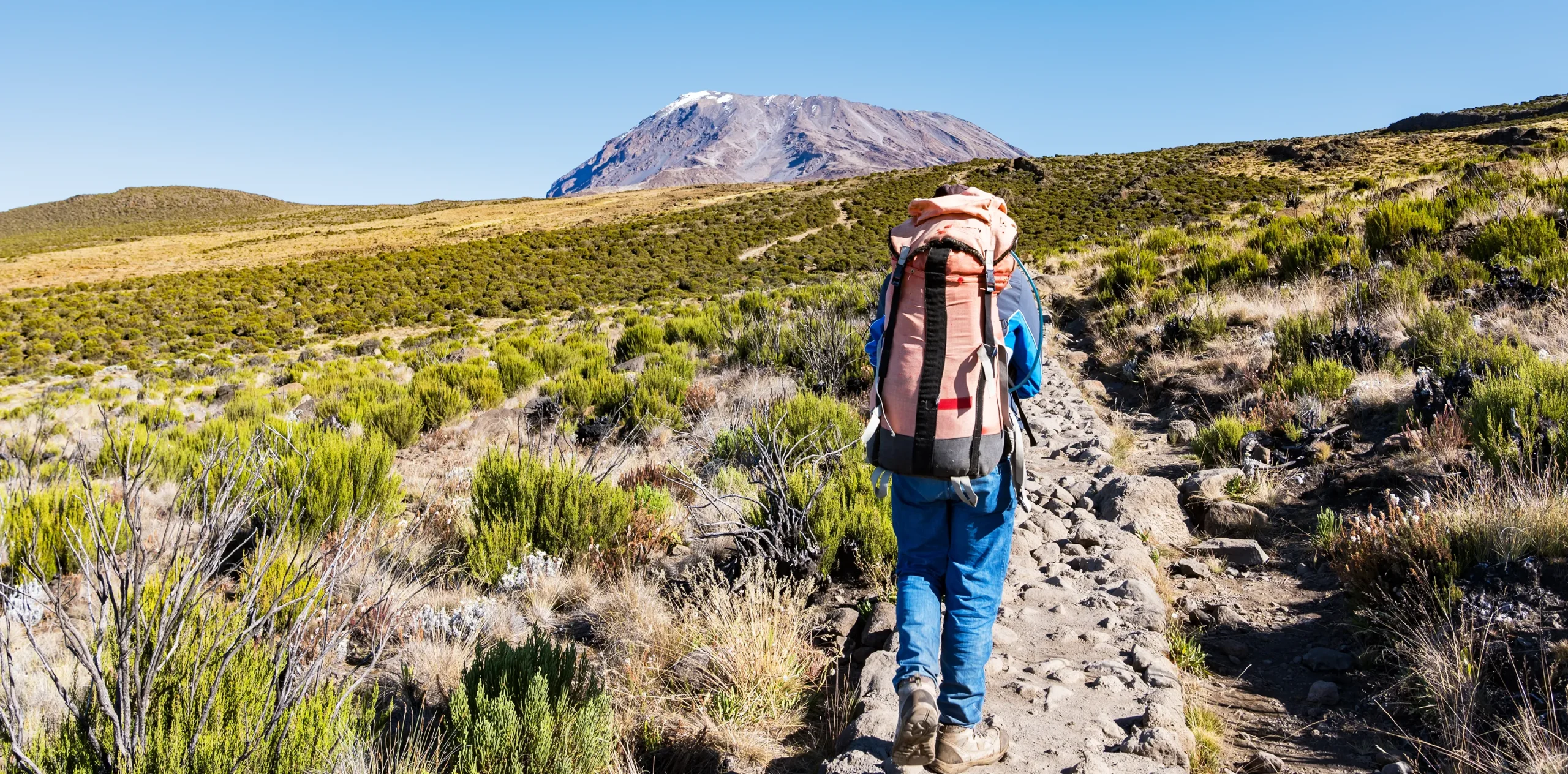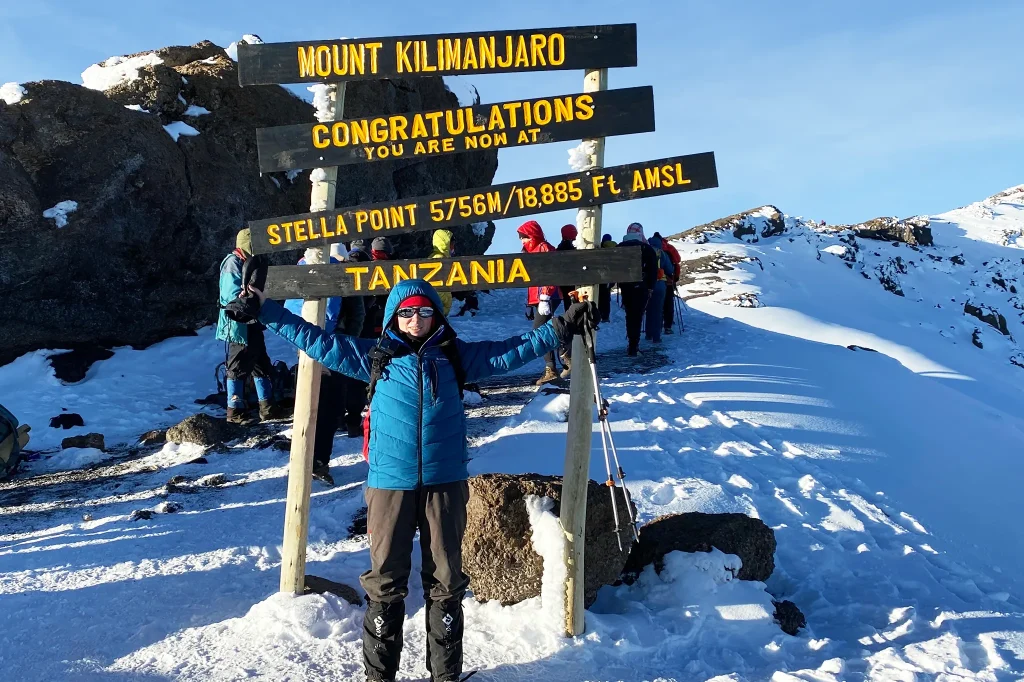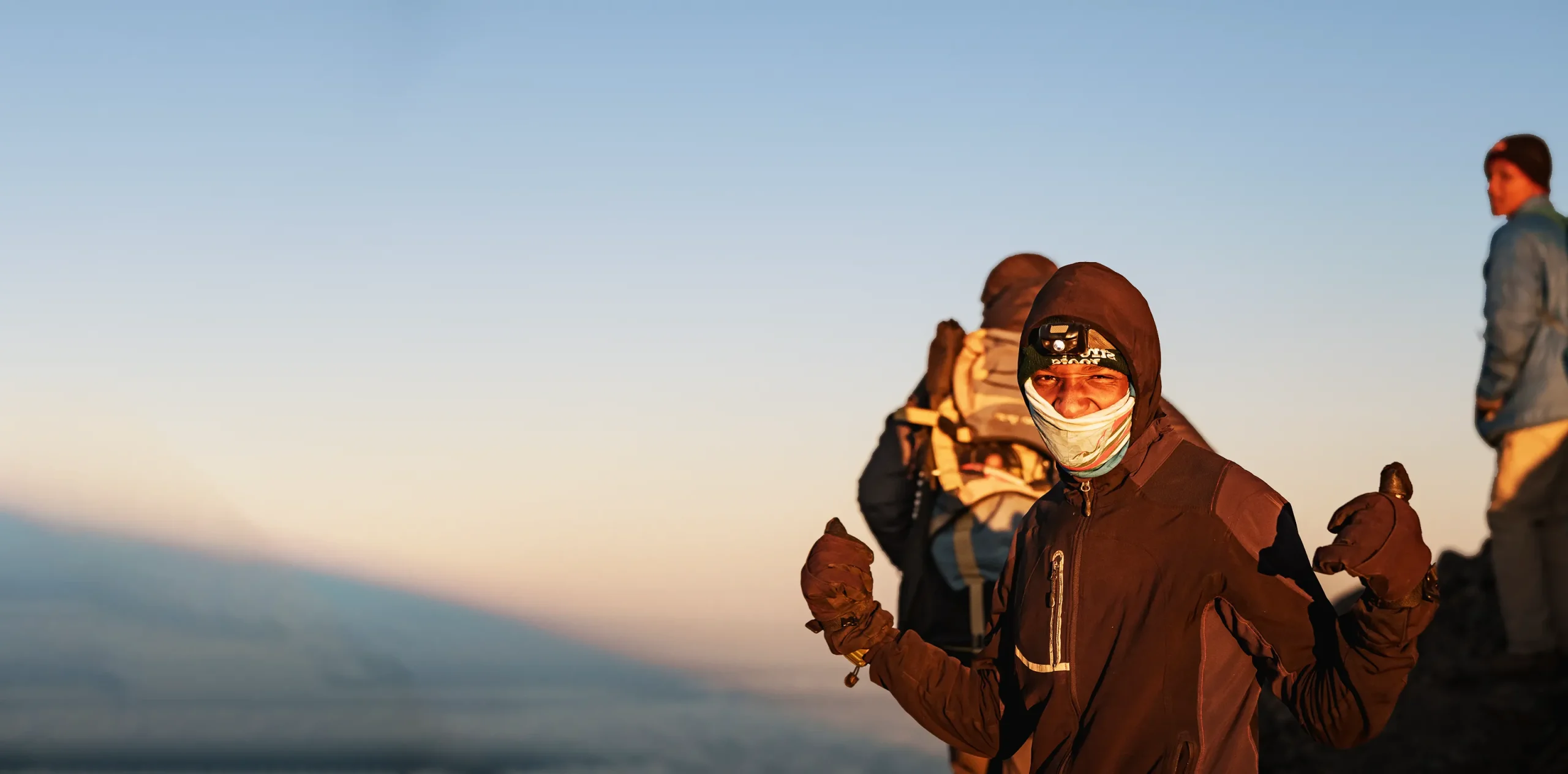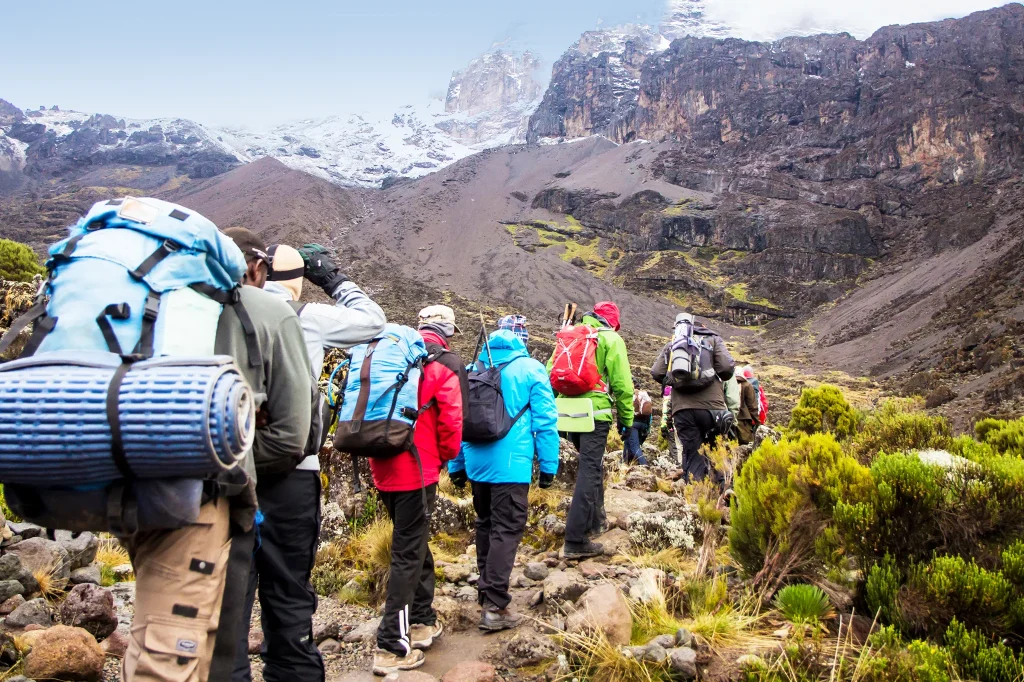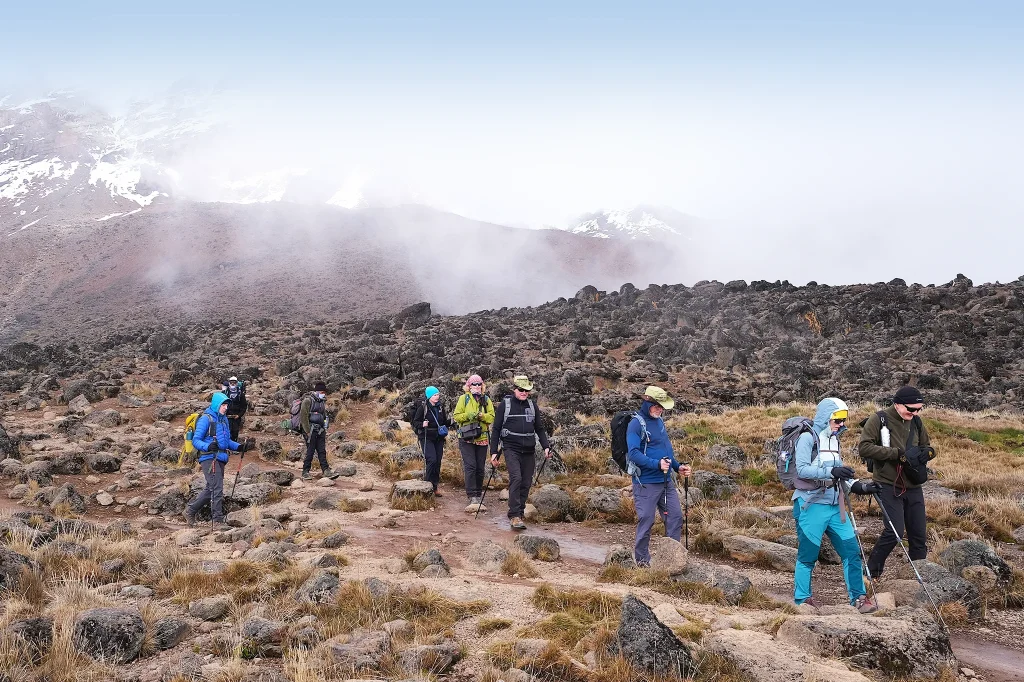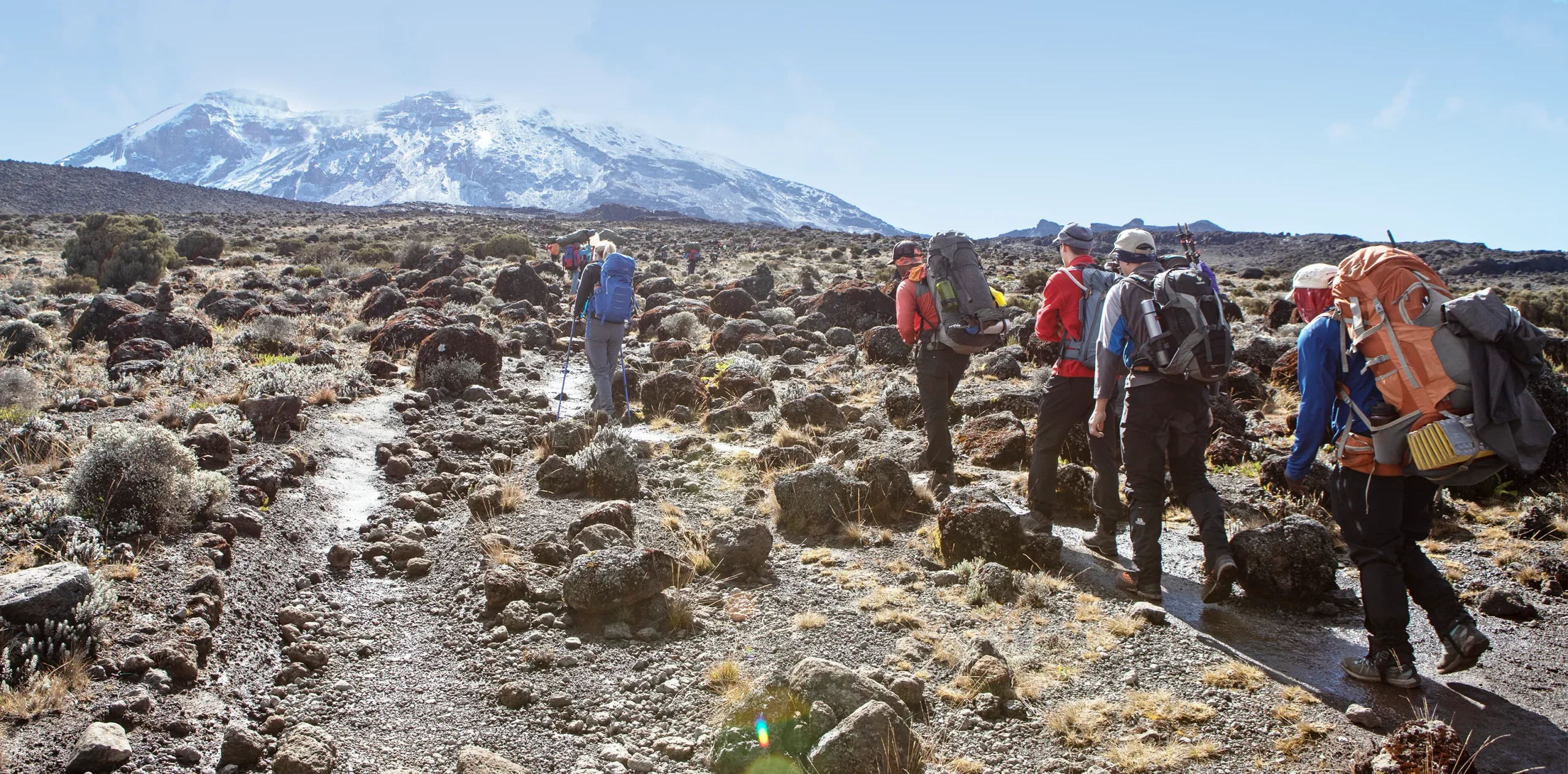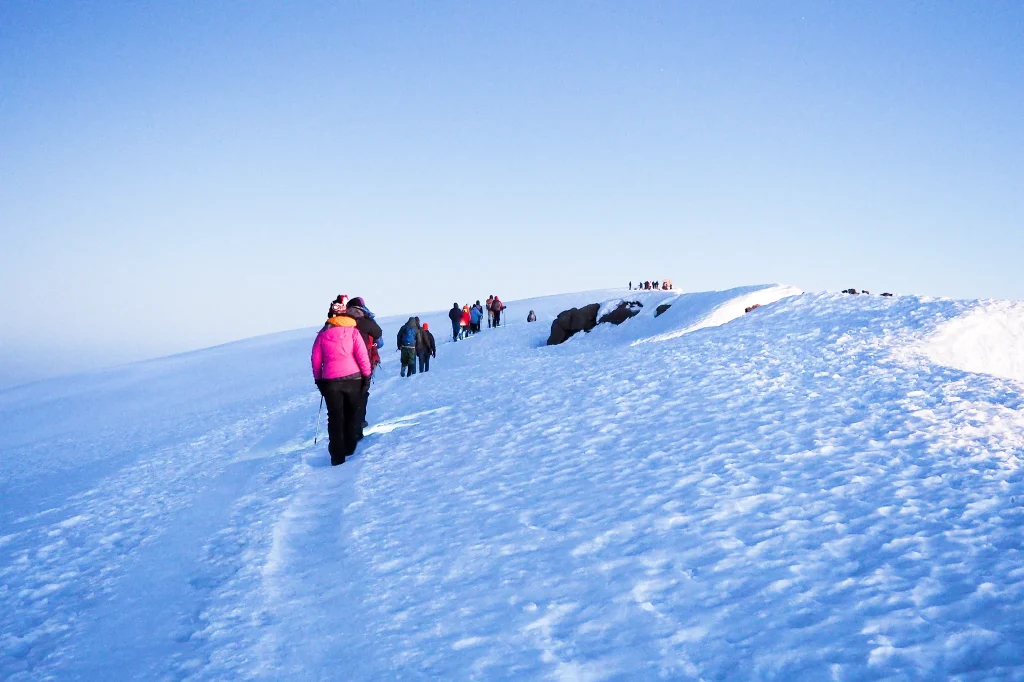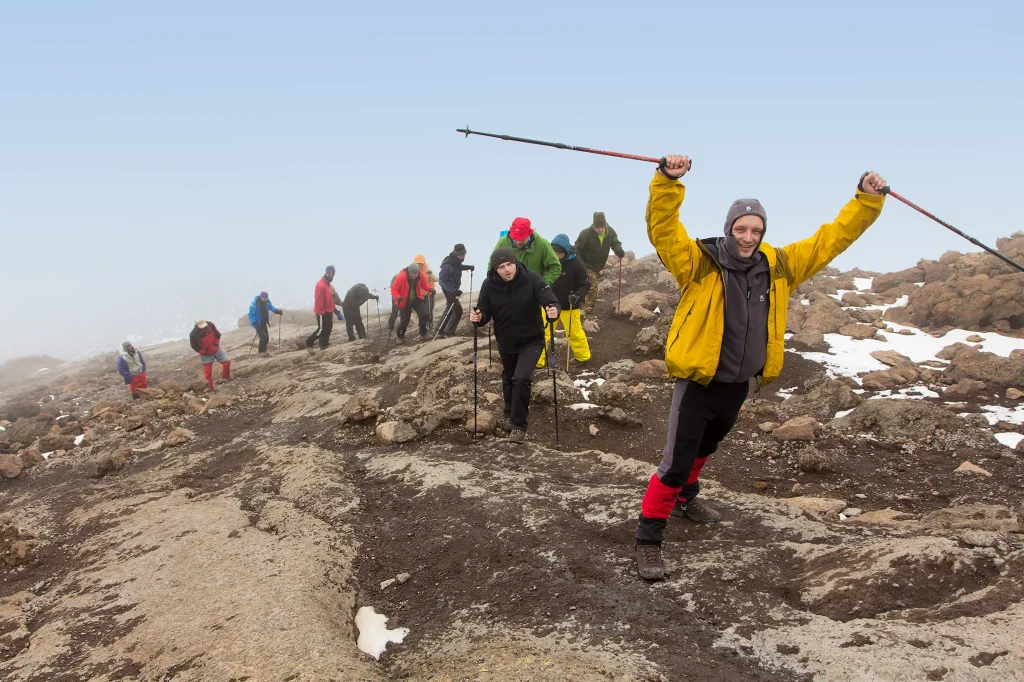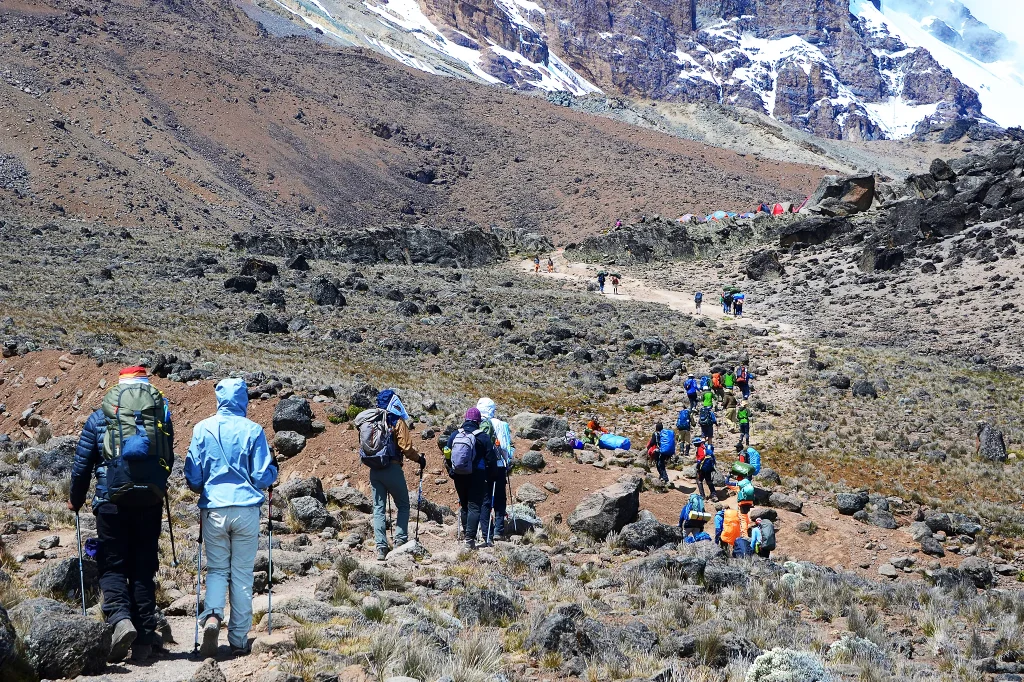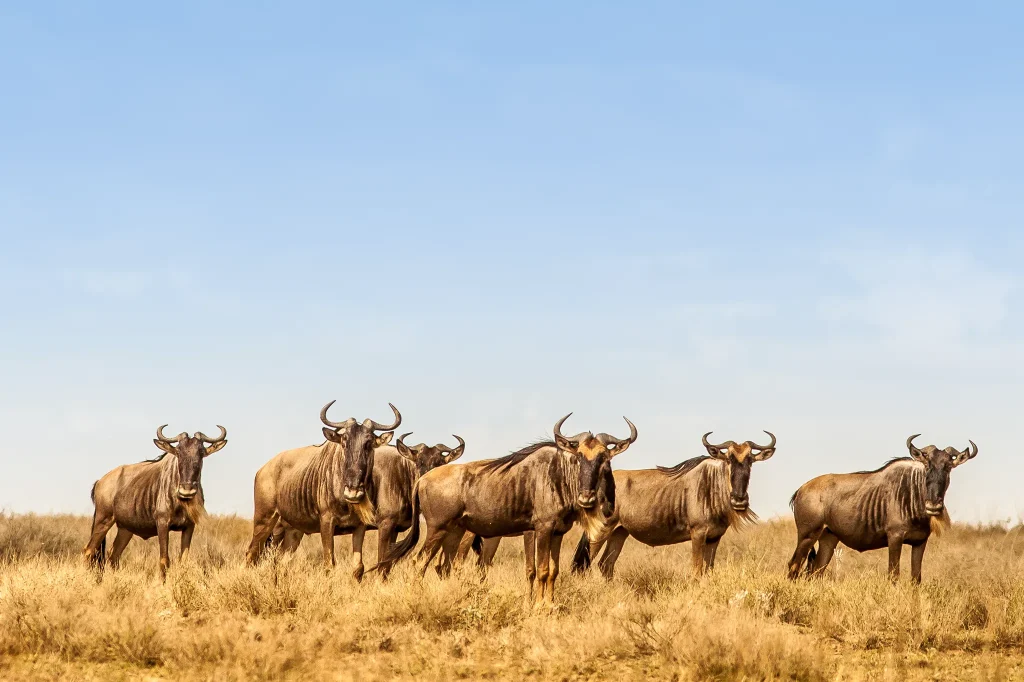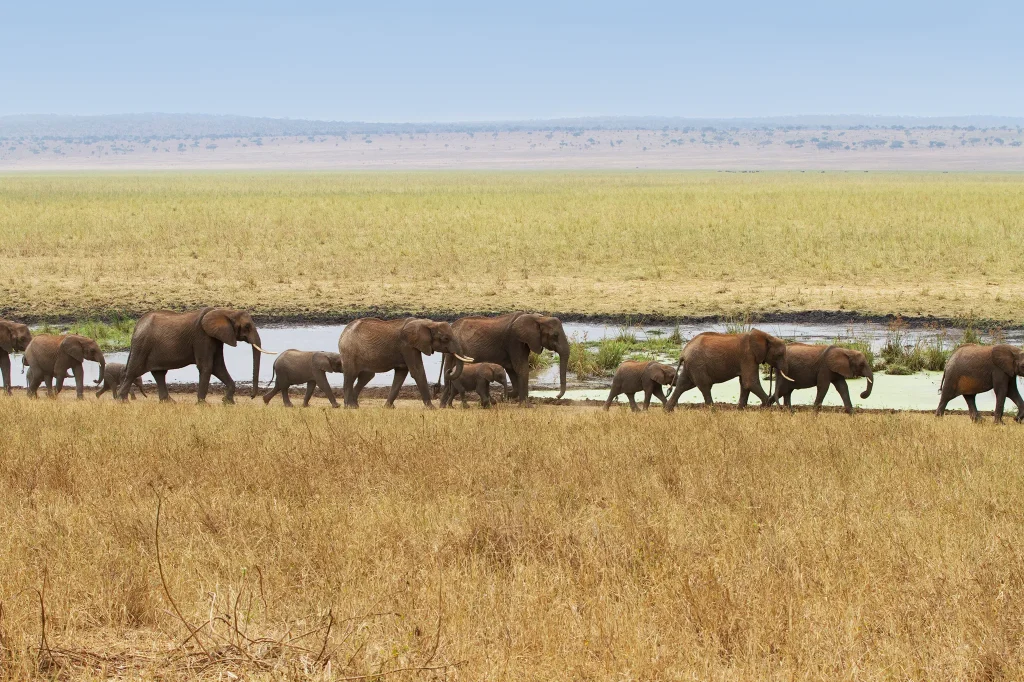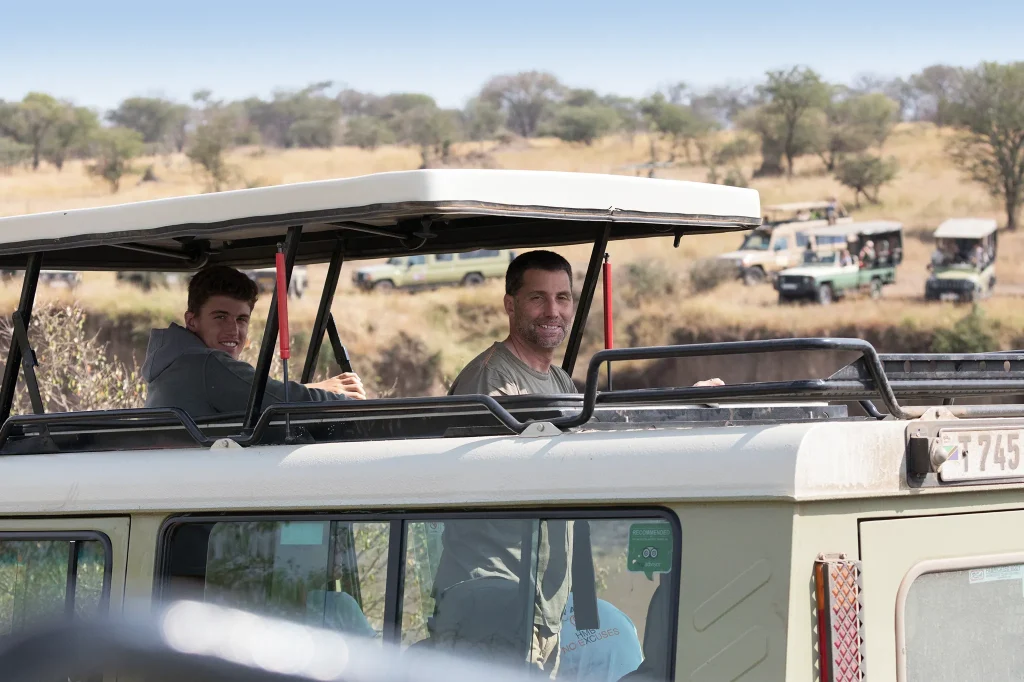Prepare to be captivated by the cultural marvels of Tanzania, a country as diverse as it is enchanting. With an array of captivating festivals, this East African nation showcases its rich cultural heritage splendidly. From traditional celebrations to contemporary showcases, Tanzania Safaris offer a year-round package of vibrant Festivals of Tanzania that will leave you in awe.
No matter where your interests lie, Tanzania has lots of magical moments in store for you throughout the year. So, get ready to be mesmerized as your Tanzania Safari Tours continue through the captivating festivals of this iconic land.
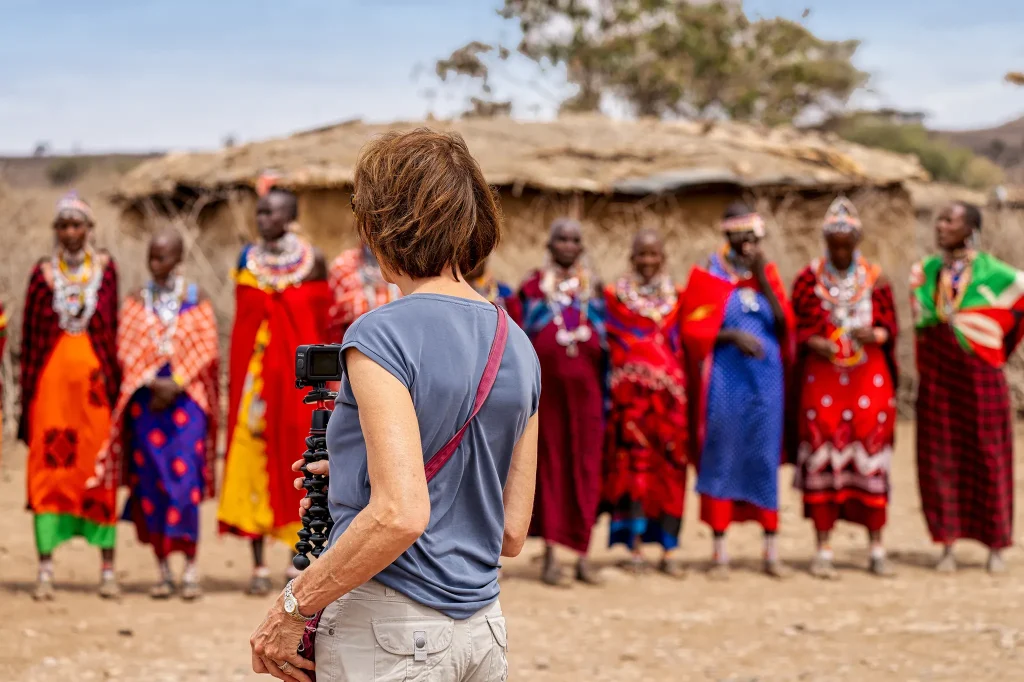
Festivals of Tanzania – A Journey of Cultural Discovery
While going on a Safari Tour In Tanzania, you have the opportunity to witness the vibrant cultural practices and rituals that have been passed down through generations. It’s a captivating journey into the heart of Tanzanian traditions. Here are some examples of the most popular Tanzanian festivals-
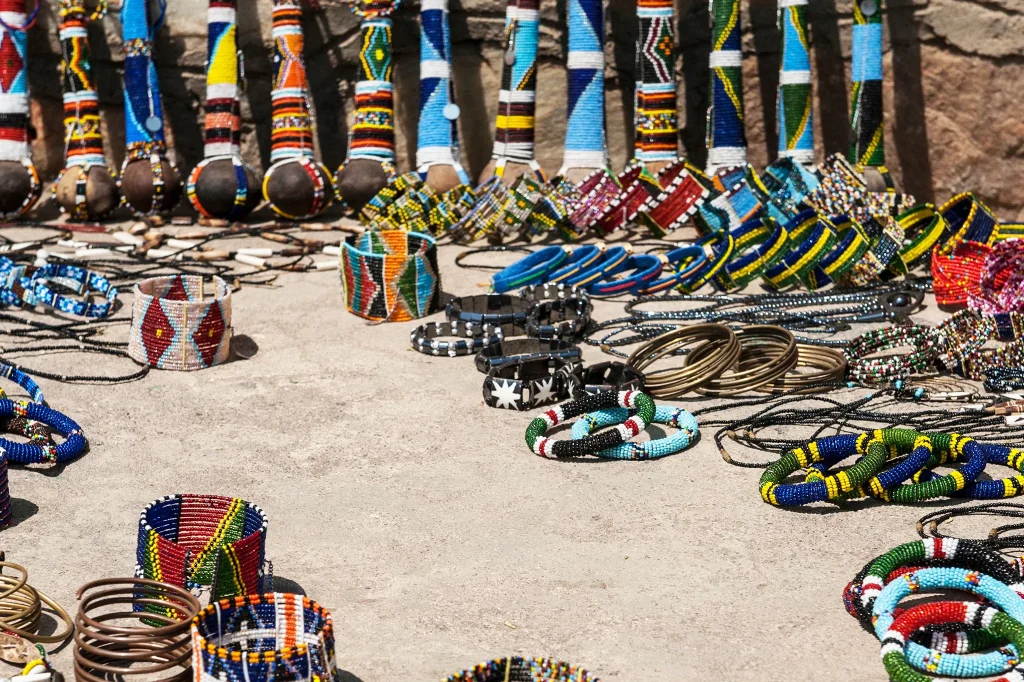
#1 Mwaka Kogwa Festival
Deeply rooted in Zanzibari culture, the Mwaka Kogwa Festival is a celebration of the Shirazi New Year. Held in July in the village of Makunduchi, this festival involves various rituals and activities aimed at cleansing the community of the previous year’s misfortunes.
One of the highlights of the festival is the mock fight, where men engage in a playful battle using banana stems. This symbolic fight represents the resolution of conflicts and the start of a new year filled with harmony and prosperity.
When- 23-24 of July
Where- Makunduchi Village, Zanzibar
#2 Bagamoyo Arts Festival
Located on the coast of Tanzania, Bagamoyo is a historical town with a vibrant artistic scene. The Bagamoyo Arts Festival held annually in September, showcases various art forms such as music, dance, theatre, and visual arts.
Artists from all over the country gather to display their talents and engage in thought-provoking discussions. This festival not only celebrates art but also serves as a platform for cultural exchange and networking within the Tanzanian arts community.
When- In the last week of October
Where- The coastal city of Bagamoyo.
#3 Kilimanjaro Marathon
Organized by the Tanzania Tourist Board and the Tanzania Amateur Athletics Association every year in March, the Kilimanjaro Marathon takes place in Tanzania.
It offers participants an excellent opportunity to run amidst the spectacular beauty of the Kilimanjaro region. This iconic marathon starts and ends at the Moshi stadium, covering a distance of 42.2 kilometres.
For those seeking a shorter distance, a half marathon option of 21.1 kilometres is also available. Additionally, a 10-kilometre wheelchair marathon is conducted ensuring inclusivity and participation for all.
When- At the end of February or the Beginning of March
Where- Moshi Stadium
#4 Sauti Za Busara Festival
Sauti za Busara, meaning “Sounds of Wisdom” in Swahili, is an annual music festival held in Zanzibar, Tanzania. This unique event showcases the richness of African and Swahili music and is the only music festival in Tanzania that hosts movers and shakers sessions.
The festival spans four days and offers a vibrant experience filled with parades, carnivals, and soul-stirring beats. Thousands of music lovers from around the world flock to Zanzibar Island to immerse themselves in this dynamic celebration of culture and music.
When- In February
Where- Zanzibar, Tanzania
#5 Zanzibar International Film Festival
Dubbed as the largest cultural event in East Africa, the Zanzibar International Film Festival (ZIFF) is a celebration of African Cinema. This week-long festival held in July, features a diverse range of films from across the continent and beyond.
It provides a platform for filmmakers, actors, and enthusiasts to showcase their work, attend workshops and engage in discussions on the state of African Cinema. ZIFF also includes music performances, art exhibitions, and cultural tours in order to make it a comprehensive celebration of arts and culture in Tanzania.
When- In 24th June- 2nd July 2023
Where- Old Fort, Zanzibar, Tanzania
#6 Serengeti Cultural Festival
The Serengeti Cultural Festival is a relatively new addition to Tanzania’s festival calendar but has quickly gained popularity. Held in Serengeti National Park, the festival aims to celebrate the cultural heritage of the local tribes, such as the Maasai, Sukuma and Irqqw. This festival takes place in October and visitors can witness traditional dances, music performances, and storytelling sessions that showcase the vibrant cultures of these tribes. It also includes cultural exhibitions, where attendees can learn about traditional crafts, culinary delights, and medicinal practices.
When- Mid-July
Where- Serengeti National Park
#7 Nyama Choma Festival
Food is an integral part of the culture, and Tanzania’s Nyama Choma festival celebrates the tradition of roasted meat. Held annually in Dar es Salaam and Arusha, this festival attracts visitors from around the globe to savour the mouthwatering barbecued livestock.
From perfectly grilled ribs to juicy T-bone steaks, it’s a paradise for food lovers seeking delicious grilled delights. Join the festivities in March and indulge in the flavours of Tanzania’s largest barbecue festival.
When- In February
Where- Arusha, Dar es Salaam
#8 Zanzibar Beach & Watersports Festival
The Zanzibar Beach and Water Sports Festival is a vibrant 3-day event held in Jambiani, Zanzibar. Celebrating the beach life of Tanzania, this festival offers a range of exciting activities.
From thrilling sports tournaments like beach football, volleyball, and rugby to adrenaline-pumping bike racing, kite surfing, and even goat races, there is something for everyone.
Taking place from November 30th to December 3rd, 2018, this festival promises joy, excitement, and a true celebration of the beach culture in Zanzibar.
When- At the end of November or the beginning of December
Where- Jambiani, Zanzibar
#9 Swahili Fashion Week
The Swahili Fashion Week is a prestigious fashion event that takes place in Dar es Salaam, Tanzania. It is considered the largest fashion showcase in East and Central Africa.
Founded by renowned African fashion designer Mustafa Hassanali, the event aims to promote the concept of “made in Africa” to the global fashion industry.
From captivating runway shows to glamorous award ceremonies, fashion week offers a platform for designers, fashion bloggers, journalists, and stylists to showcase their talent and creativity. Typically held in December, the Swahili Fashion Week is a must-attend event for fashion enthusiasts and industry professionals alike.
When- 2nd to 4th December
Where- In Dar es Salaam
#10 Karibu Travel and Tourism Fair
Arusha, the base of Mount Kilimanjaro and the crater of Mount Meru, hosts the largest tourism fair in East Africa annually. This vibrant event brings together over 250 exhibitors showcasing a wide array of local tourism products and services.
Visitors are spoilt for choice, with options ranging from wildlife lodges and eco-tourism companies to mountain climbing gear, camping supplies, safari guides, and transportation providers.
When- In May
Where- Magareza Ground, Arusha
Safari by day, festival by vibe—Tanzania throws wild parties with dancing Maasai, sizzling grills, and drumbeats that shake the dust off your boots and the boredom off your soul.
Festivals on Safari: Experiencing Tanzania’s Cultural Mosaic
Tanzania’s cultural festivals are not limited to urban areas; they extend into the heart of its wildlife-rich landscapes. For example, the Serengeti Cultural Festival, held in Serengeti National Park, offers a unique blend of cultural experiences and wildlife encounters.
You can witness the cultural traditions of local tribes such as the Maasai and Datoga, while also enjoying game drives to witness the stunning Serengeti Wildebeest Migration. It’s a truly immersive experience that combines the best of Tanzanian culture and nature.
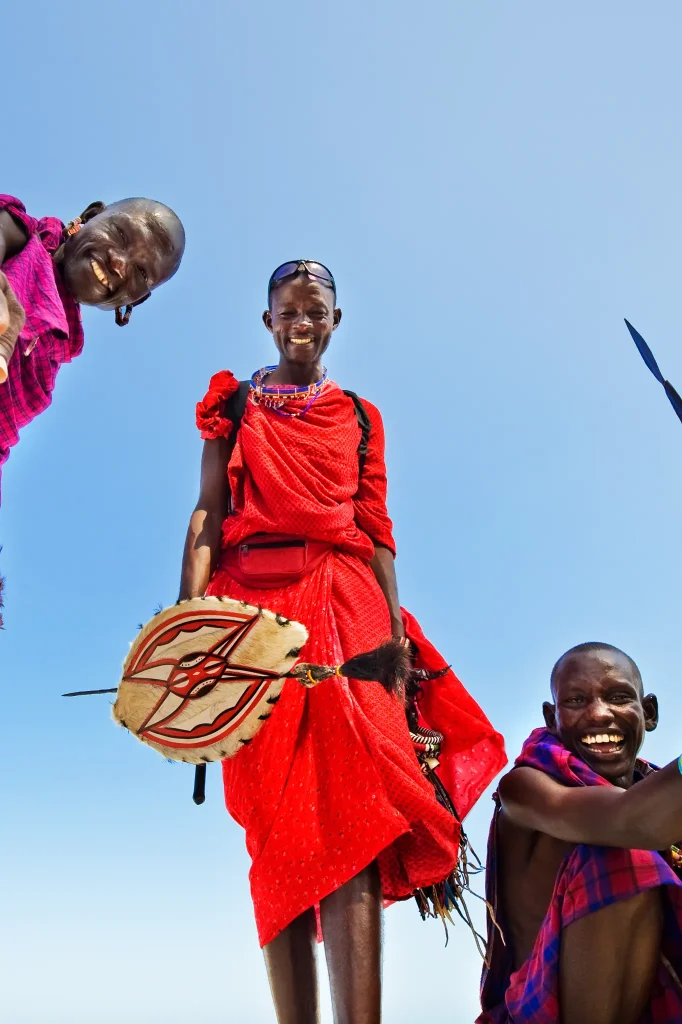
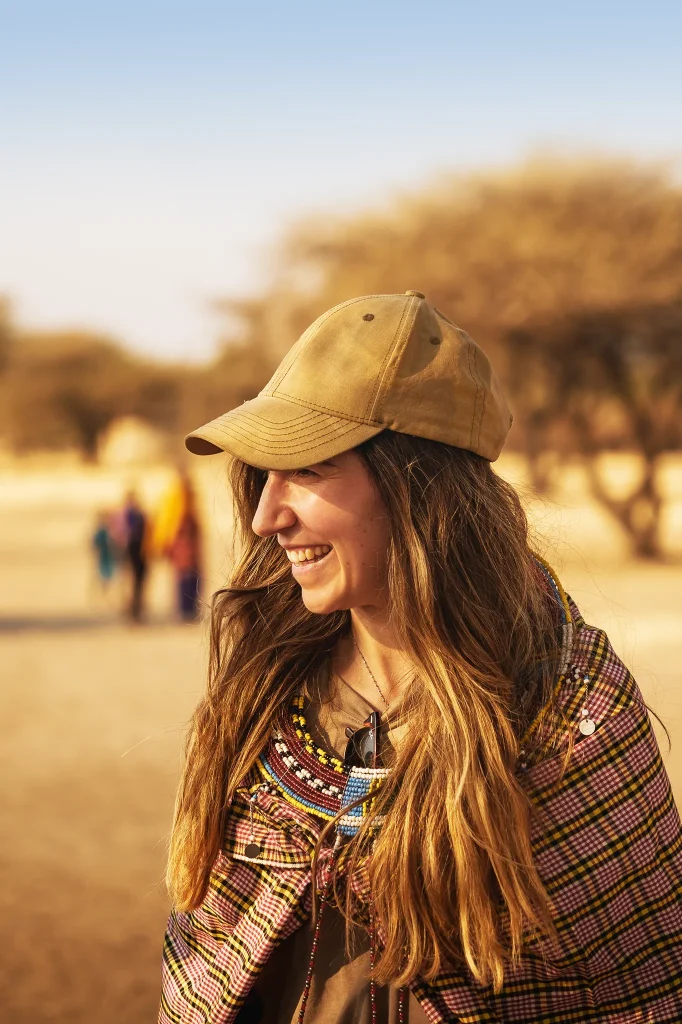
Celebrate Diversity Through Tanzania’s Vibrant Festival Scene!
Well, the Festivals of Tanzania open the doors to a world of cultural diversity and richness. From the rhythmic beats of music festivals to the colourful traditions of cultural celebrations, Tanzania’s festivals offer a unique opportunity to experience the country’s vibrant heritage.
As you plan your Best Safari Tours In Tanzania, don’t miss the chance to include some of these festivals in your itinerary. Let us know about your dream safari today, and we at African Scenic Safaris will curate the itinerary that creates cherished memories. Let the festivals of Tanzania be your gateway to discovering the cultural diversity that lies within this beautiful country.


